REDISCOVERING FILM – or my long road to get to where many have gone before!

INTRO:
There are some many articles littering the internet trying to convince us digital photographers that ‘real photography is shot on film’ and ‘why every photographer needs to shoot film’ or, ‘what you are doing is wrong, and I am right’ opinion type pieces that seem to be highly prevalent in the photography space.
Honestly, none of this made sense to me.
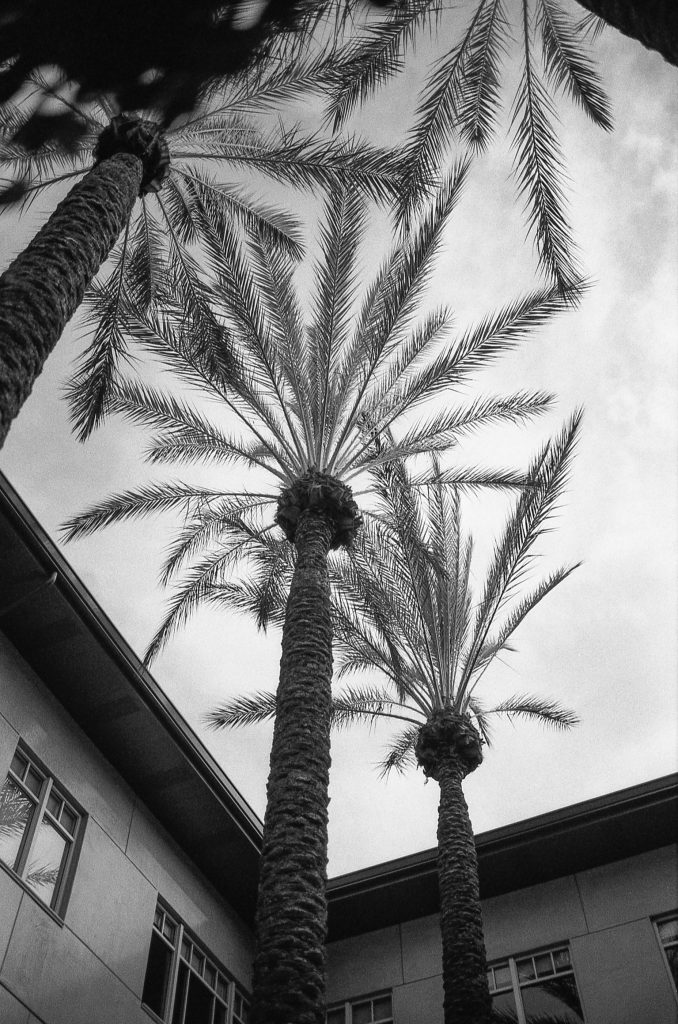
I am old enough to remember shooting with film, both my Grandfather and Dad shot extensively with it growing up. For me, there was little romance to be found in the grainy, over-red saturated one-hour lab processed negatives and prints that are stuffed into boxes and containers hidden away in storage.
This, coupled with the incredible advancement of digital cameras in the last 10-15 years, I had not shot film since I was in college. After purchasing my digital Leica M four years ago, the quality ease of the whole digital process, I felt as though there was no reason at all to go back.
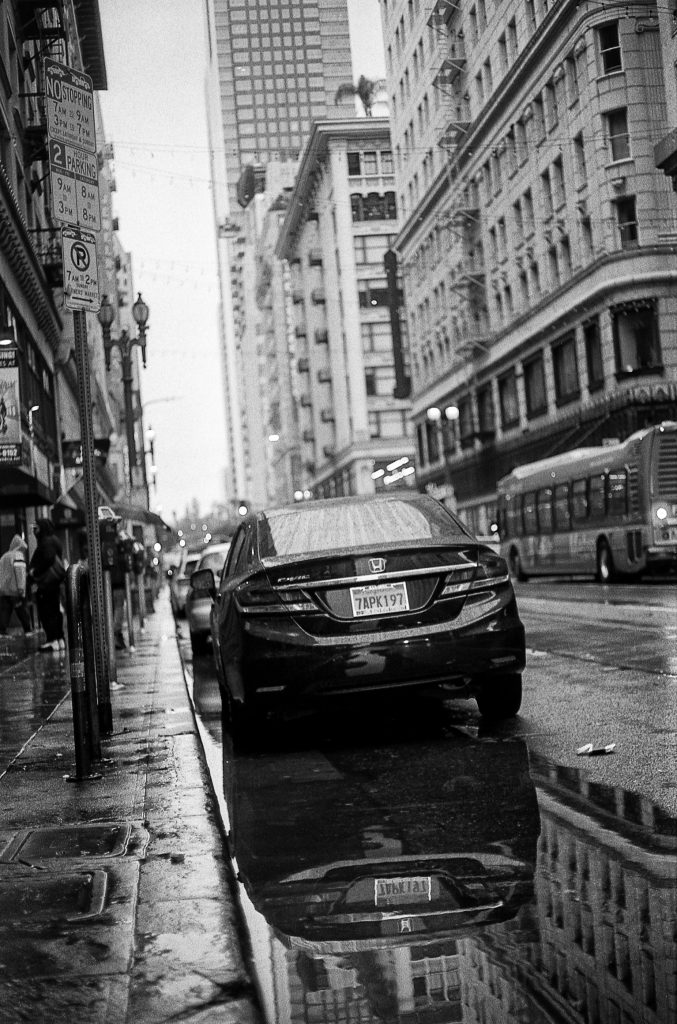
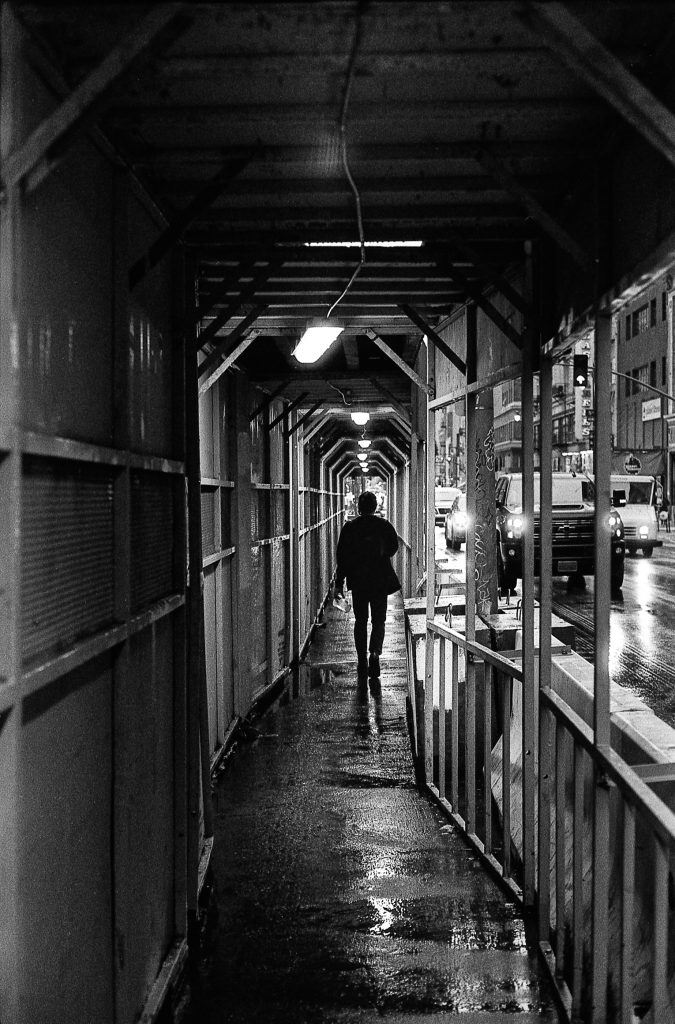
However, the title of this article suggests otherwise, and my rediscovery and eventual renewed interest and understanding of film came about by a number of terrible events in the last twelve months. This began with my Grandfather passing away, who loved photography throughout his entire life, and passed this onto both my Dad and myself. He left me his Canon FTb film camera which I will cherish forever.
The FTb was produced by Canon in Japan from 1971, and was considered an advanced amateur camera costing around $99.00 then, or approximately $650 in todays dollars. Being given this camera, and what it means to me, inspired me to try some film again. I excitedly purchased a few rolls of Kodak Tri-X 400.
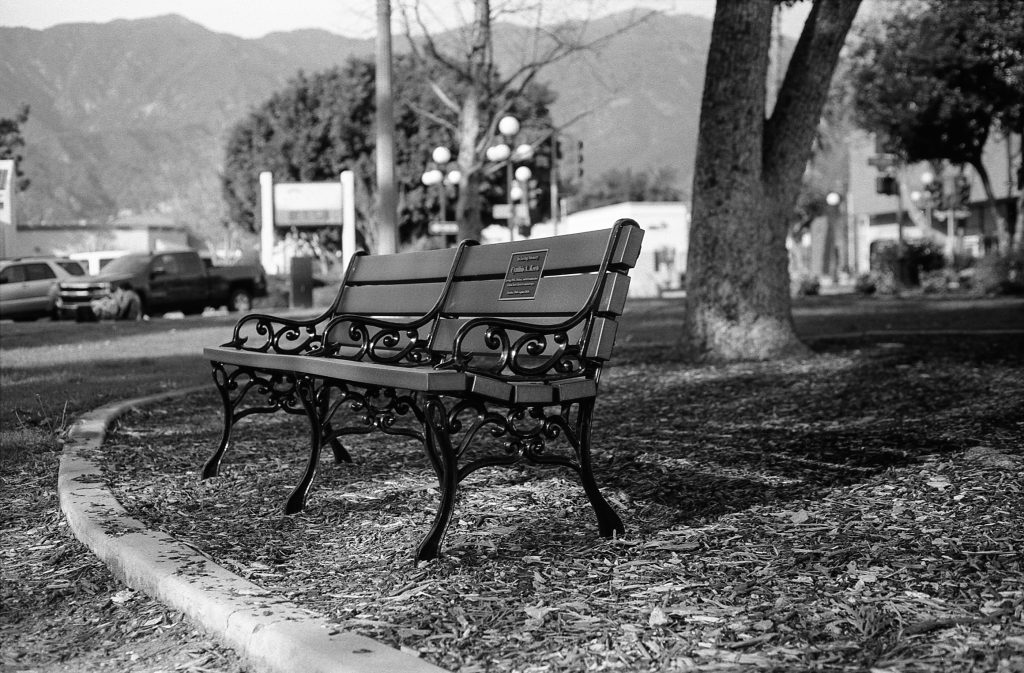
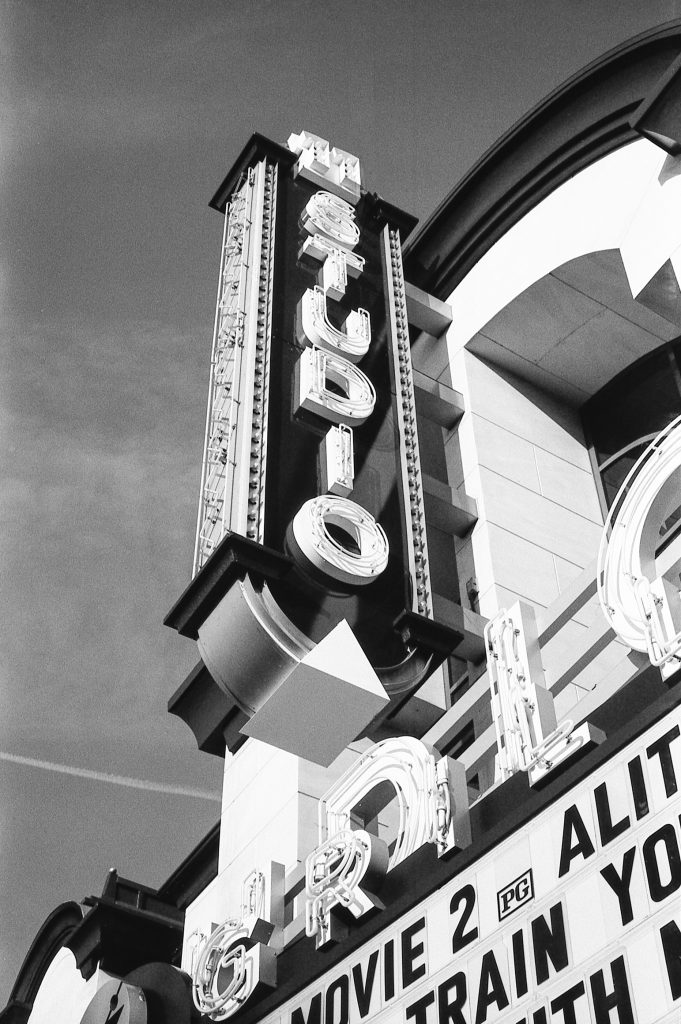
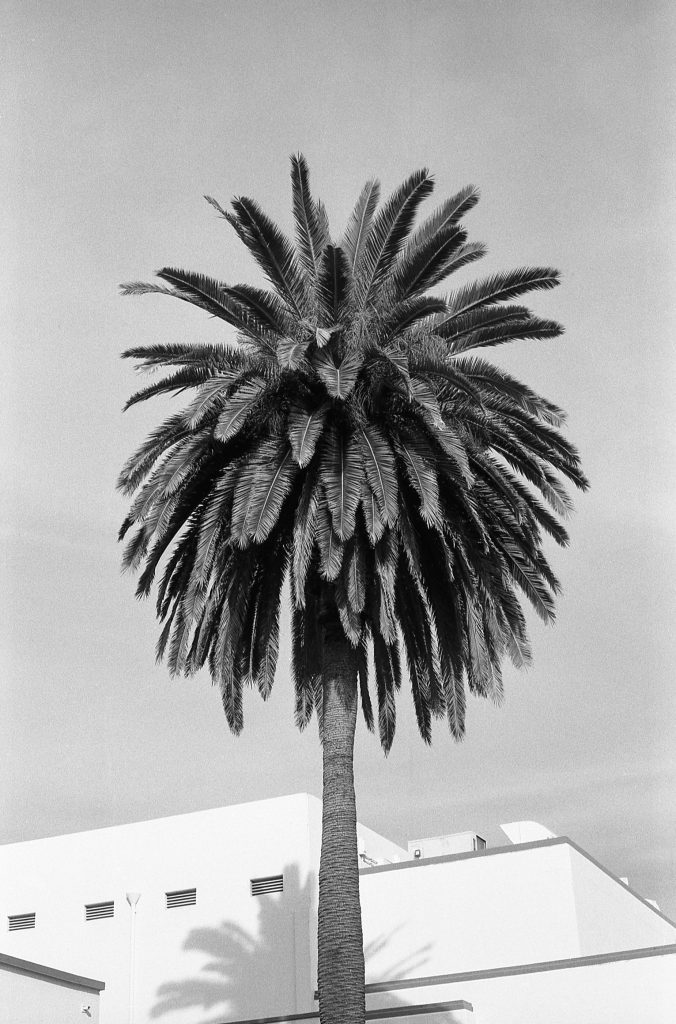
Walking around the small town where I live around 35 minutes outside of Los Angeles, I marveled at how similar the experience was using the Canon to my Leica. The camera is extremely solid, well made and fully manual. I shot with the 50mm f/1.8 lens which turns out to be quite sharp when stopped down and has a nice vintage glow when wide open.
The exciting part, which sounds very cliched, is the not knowing – it makes cameras like the screen-less digital Leica M-D more understandable. Not having that instant gratification of checking if the image worked, and the excitement of seeing the images at a later date, is intoxicating.
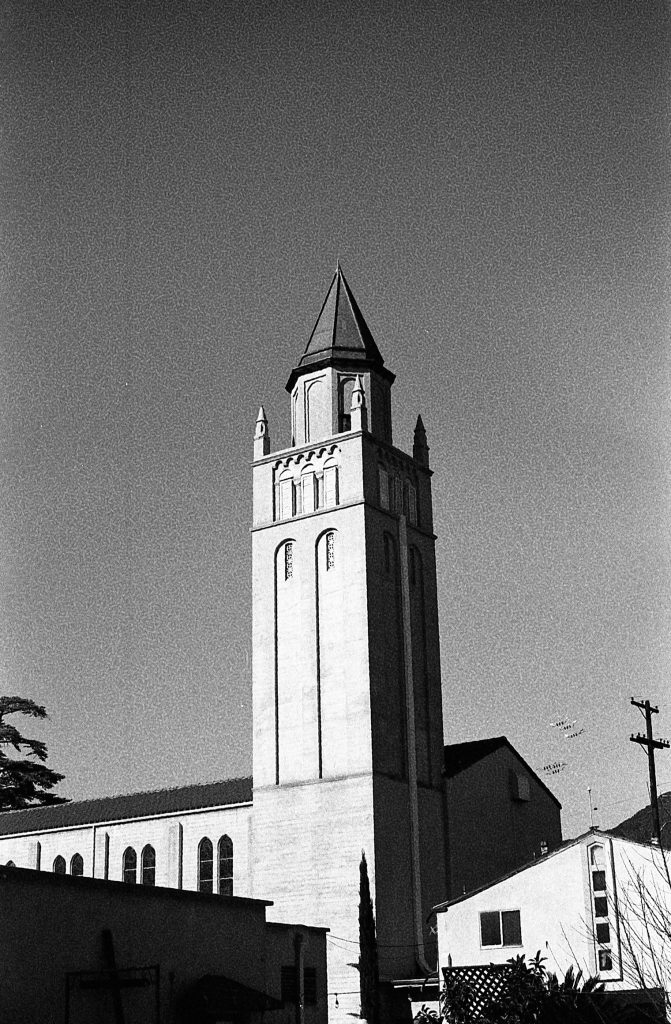
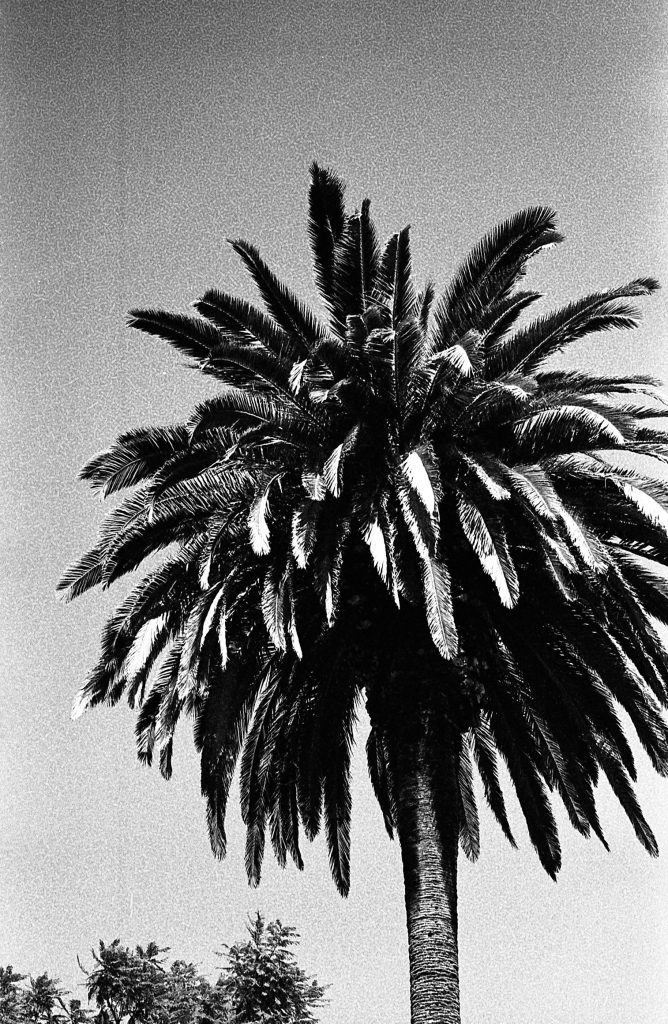
But, this is where the initial love affair ended – I dropped the film off to a large local camera store that also processes film and got the huge shock of developing costs and scanning fees. What made this even harder to stomach where the results. The quality of the scans, were at best, terrible.
What the hell was everyone raving about online!? Why would I want to spend a fortune and wait a week for the film to be sent out only to get such crappy results? The camera was quickly relegated to a prime place on my desk – a loved memento to remember my Grandfather, but not a tool to take photos in 2018.

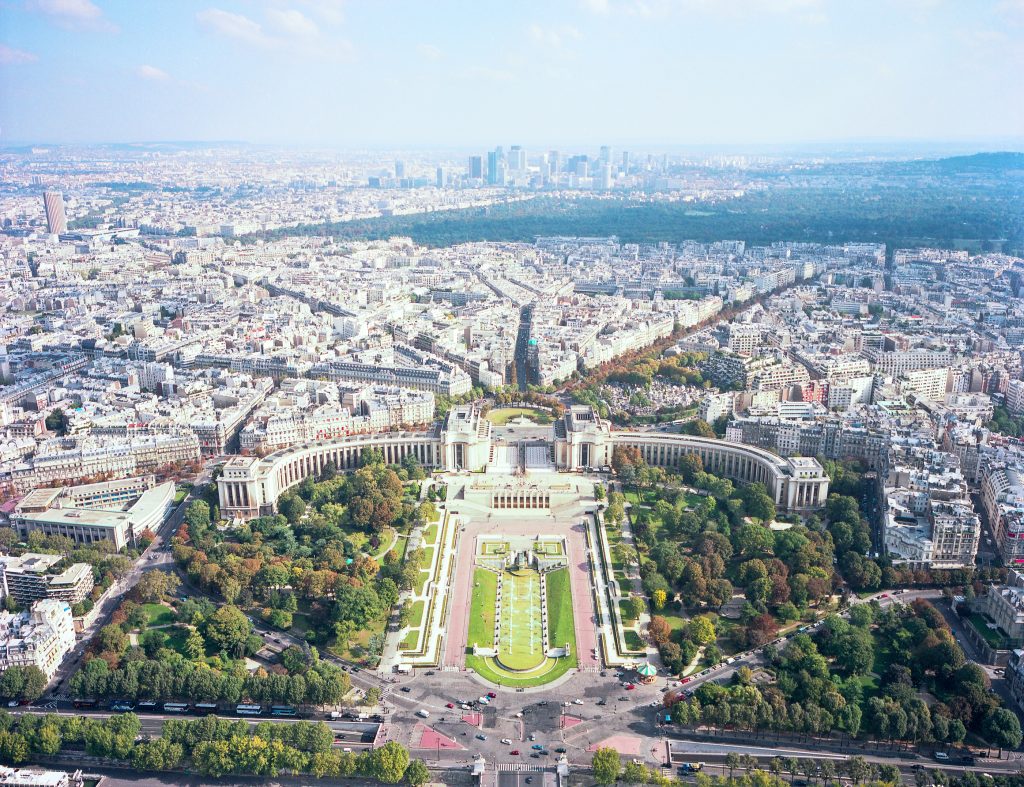
If losing my Grandfather wasn’t enough, less than six months later, my Dad, who I spoke to daly, who meant to the world to me, and inspired me to take photos and follow my dream to become an Animator, passed away suddenly and much too soon. In the blur of events that took place after this, the one thing I did do (something that even surprised me that I was lucid enough to even think about at the time) was to take a backup copy of his Lightroom catalog.
Initially this was to piece together a memorial slide show for the funeral and to ensure my Mom, who is very much computer illiterate, had access to photos, I started to discover some old film photos that Dad had recently scanned.
These images blew me away.
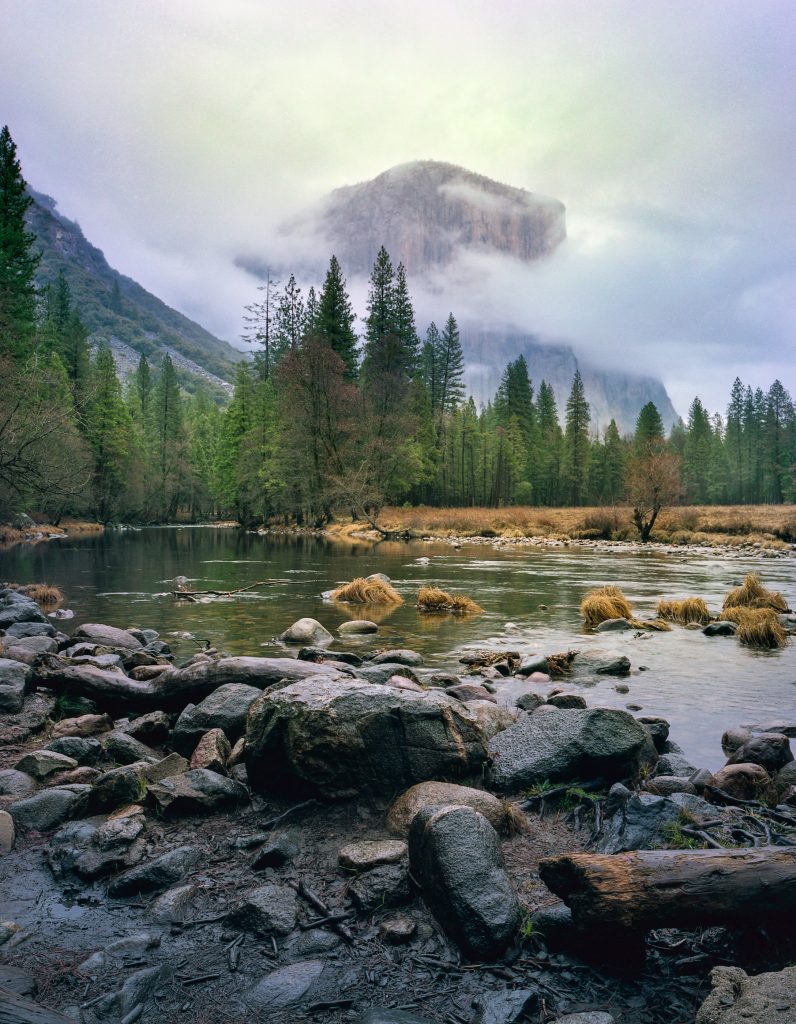
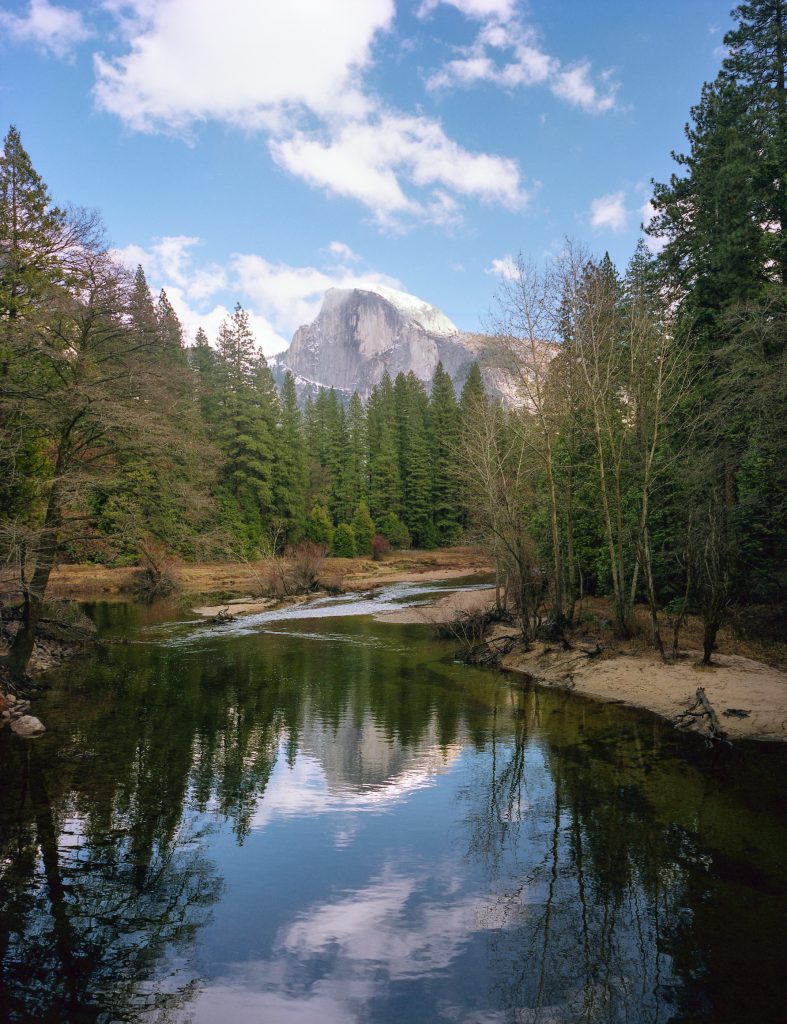
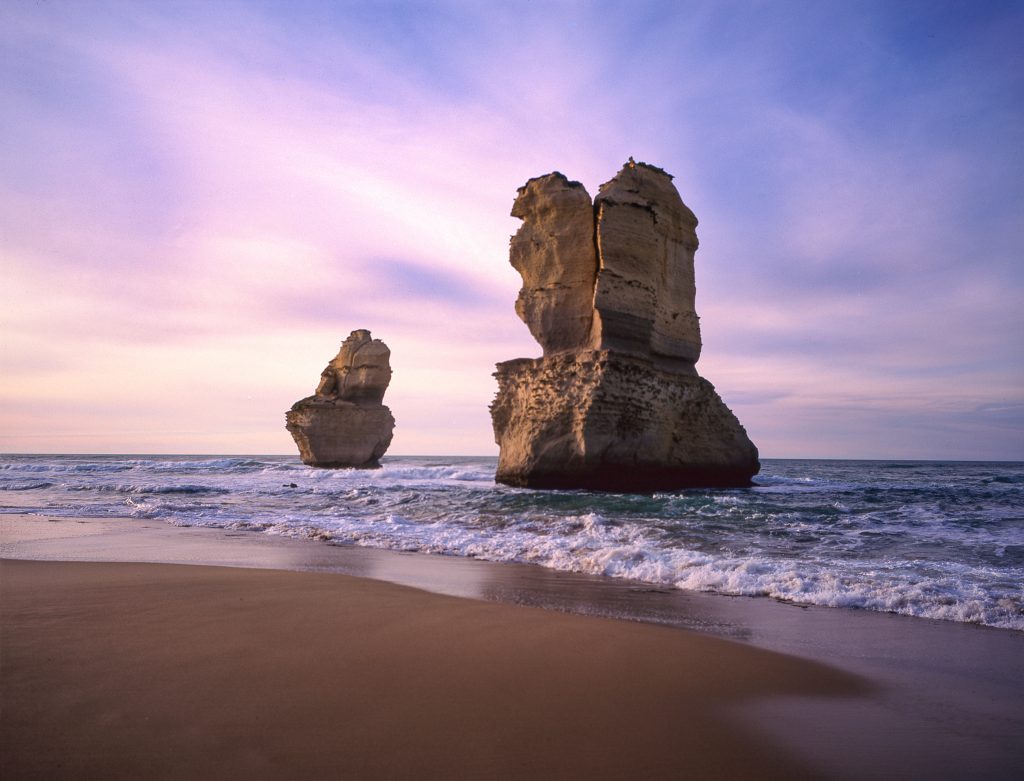
They were nothing like the local photo lab happy snaps I remembered taken on the basic kodak color film. The grain, the detail and the color was amazing. These photos were taken on a trip Dad and I took to Yosemite soon after I completed high-school. It was the first time both of us had visited Yosemite, and we fell in love with the National Park and continued to visit separately, and together, many times for more than 20 years afterwards.
My Dad truly loved camera gear. He loved to research it, purchase it and play with new cameras, lenses and bags. He wasn’t one to just live for the gear though, he loved to get out and take photos too. Over the years he bought and sold all sorts of cameras, he enjoyed all of them, but there were a few that really stood out, a few that he wished he had not sold off.
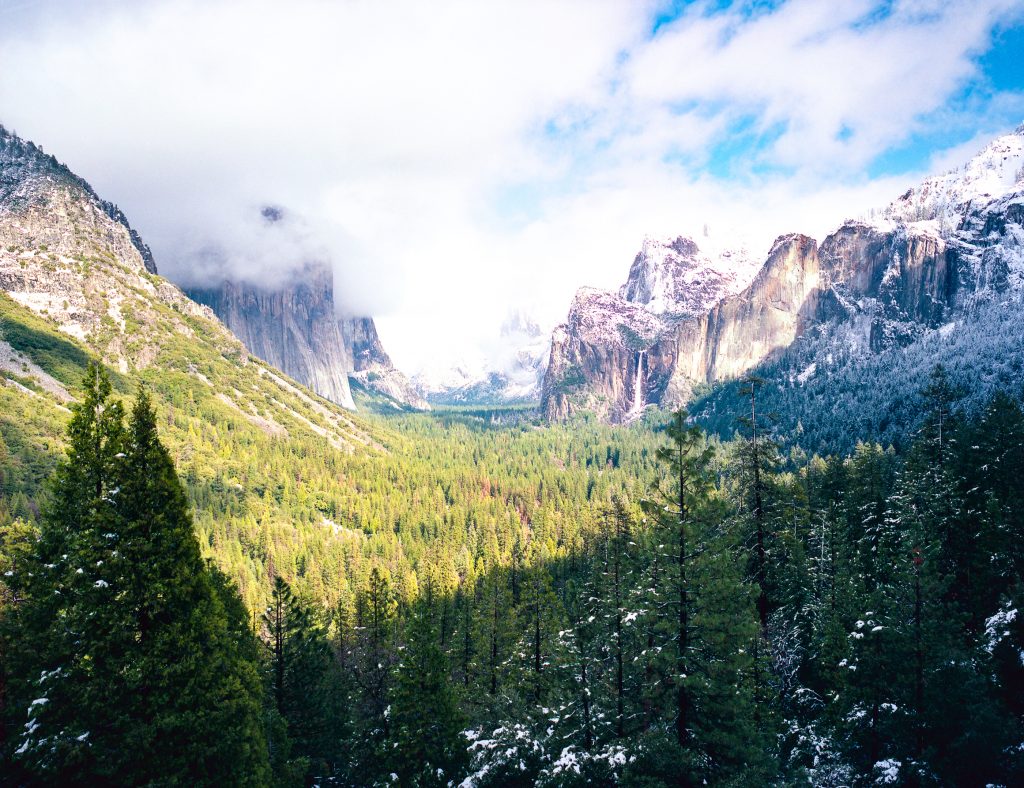


One of these was the Fuji GA645i, a medium format film camera made in the mid nineties with a fixed 60mm lens that has a cult following for its amazing sharpness. This camera came up in many conversations, it was one he wished was kept, but in the end was parted with due to the increasing cost of 120 film and quickly disappearing labs in Australia that could handle the processing.
In the months after my Dad’s passing, my Mom came across a folder of negatives taken with this camera. Mostly short on Fuji Superia Reala 100 ASA film, but a few amazing transparencies shot of Fuji Provia 100. There really is nothing like looking at transparencies – the color is so bold and coupled with the bigger negatives and sharpness of the Fuji lens, the results were beautiful.
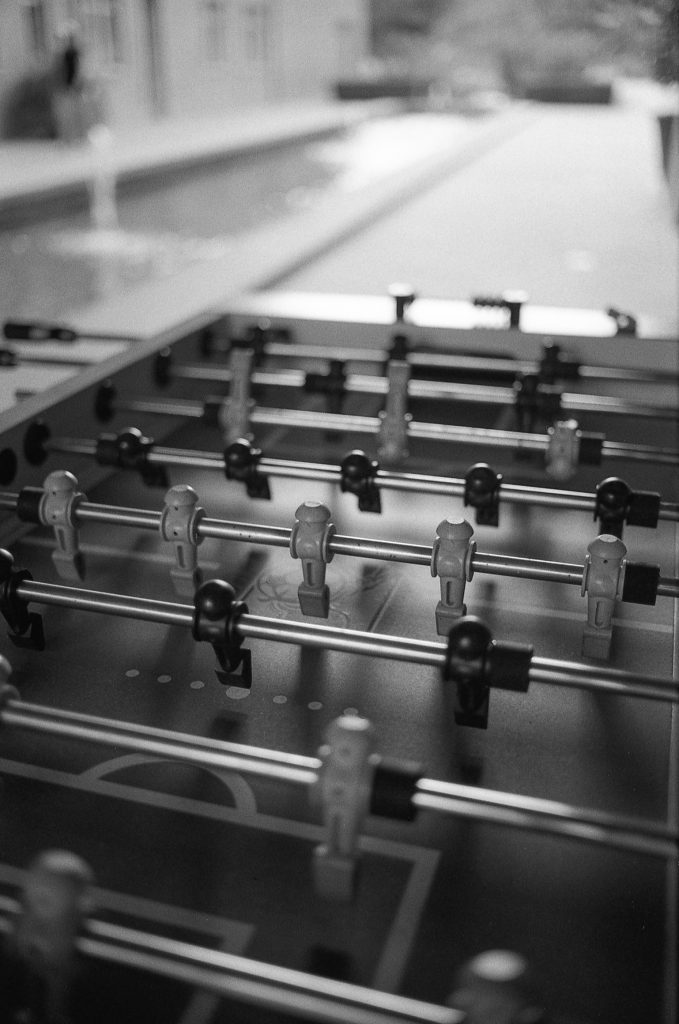
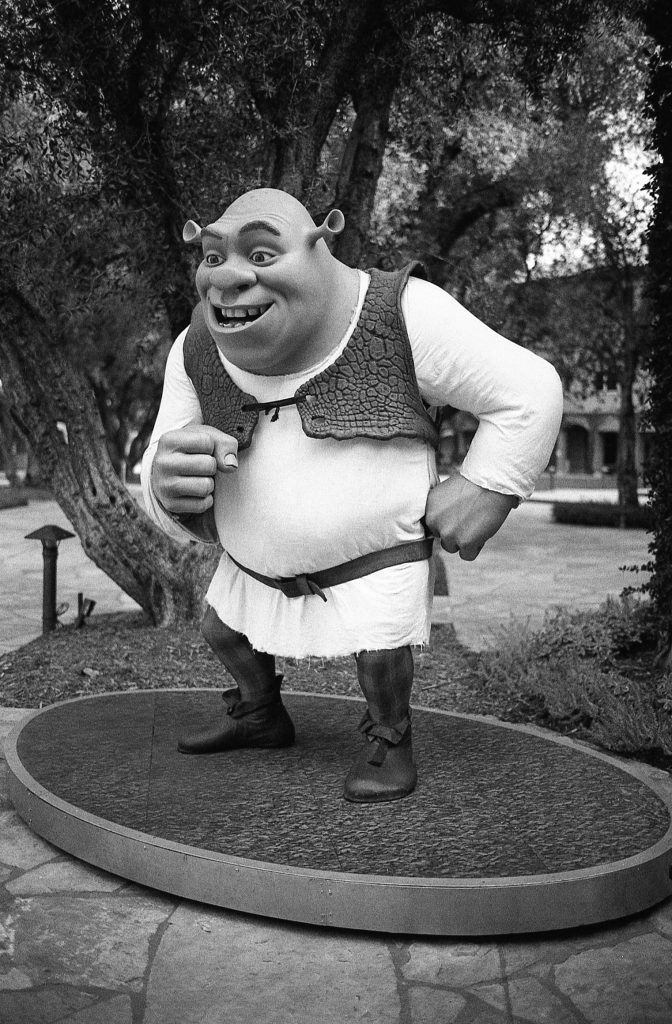
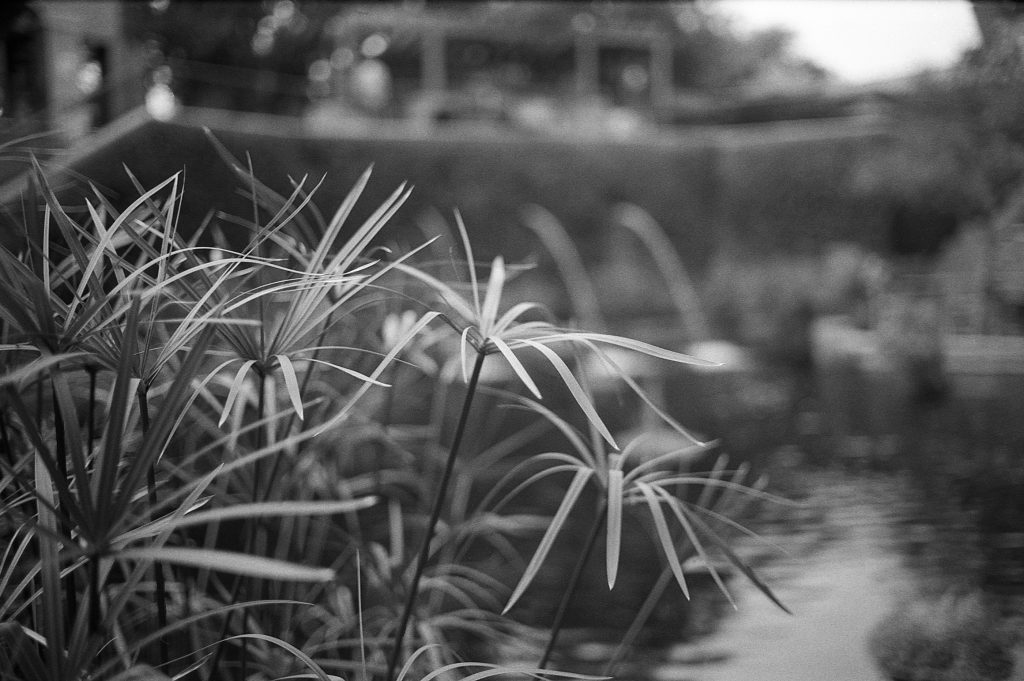
I purchased a flatbed scanner, the Epson V550, and started to scan the 100 or so medium format negatives found in the folder. Seeing these images slowly pop up on my screen, constantly being blown away with the results, I started to reassess my recent aversion to film.
I pulled out the Tri-X negatives from the Canon and rescanned them. What I saw totally changed my mind. It turns out the lab didn’t make a total mess of the processing, but just the scanning. After re-scanning all the images, I was hooked again.
This is where the final piece of the rediscovering film, for me, came together. I wanted to rely less on the labs and the hit-and-miss quality control mixed with the outrageous prices, I turned to everyones favorite teacher, youtube.

Thankfully, the school of the internet covers every topic, including the seemingly easy process of developing film at home. I will cover in much more detail my workflow for developing at home soon in future articles, but after purchasing all the necessary tools from B&H photo, and the expertise of my Chemistry Teacher wife on mixing duties, I developed my first roll of film.
What a difference this makes to the process. Instead of sending it off, you get to pull out the roll from the tank 15 mins later to reveal pictures! It finally clicked. Shooting film is fun, but developing it, and the excitement of seeing the process successfully take place at home, made me a convert.
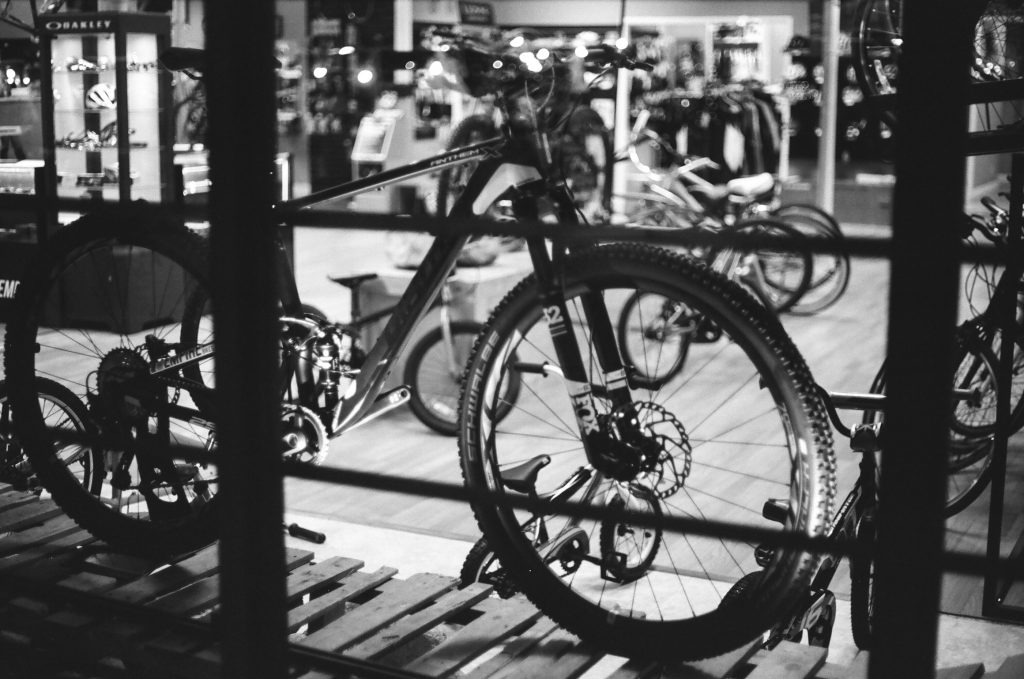
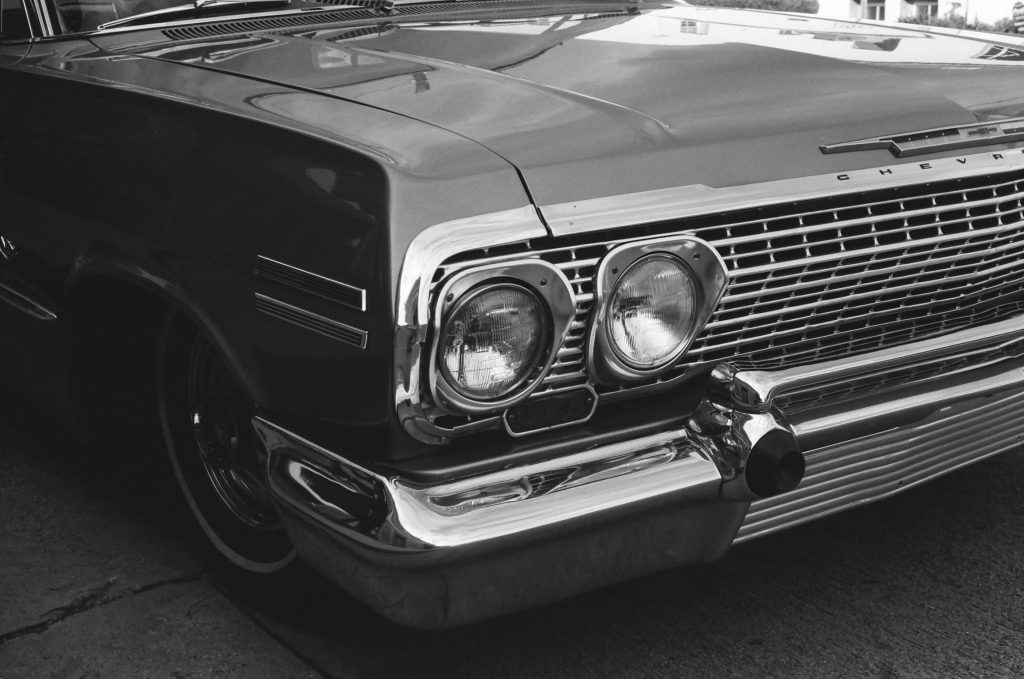
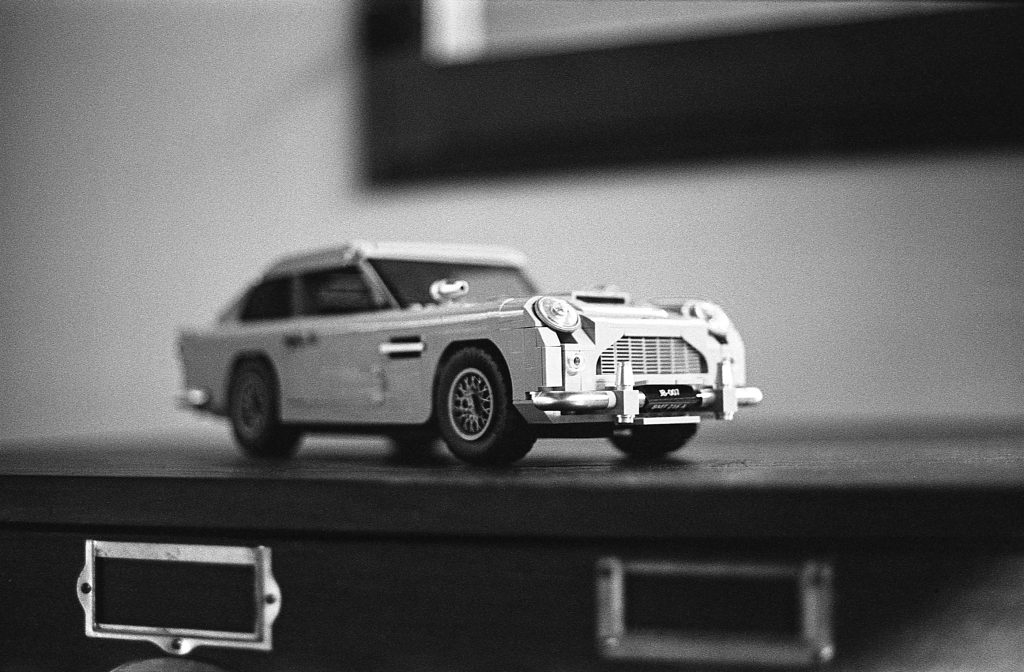
I have since been testing a number of different black and white films to see which ones I like. This includes TriX 400, TMAX 100 and 400, Ilford HP5, Delta 100 and 400. Even though I like the Kodak Tri-X 400, I have since found myself gravitating towards the Ilford films, especially the inky and retro looking Delta 100.
I will continue to write more about my journey into film, the processing and scanning workflows that I have since found that work for me and more about the different films that I try along the way.
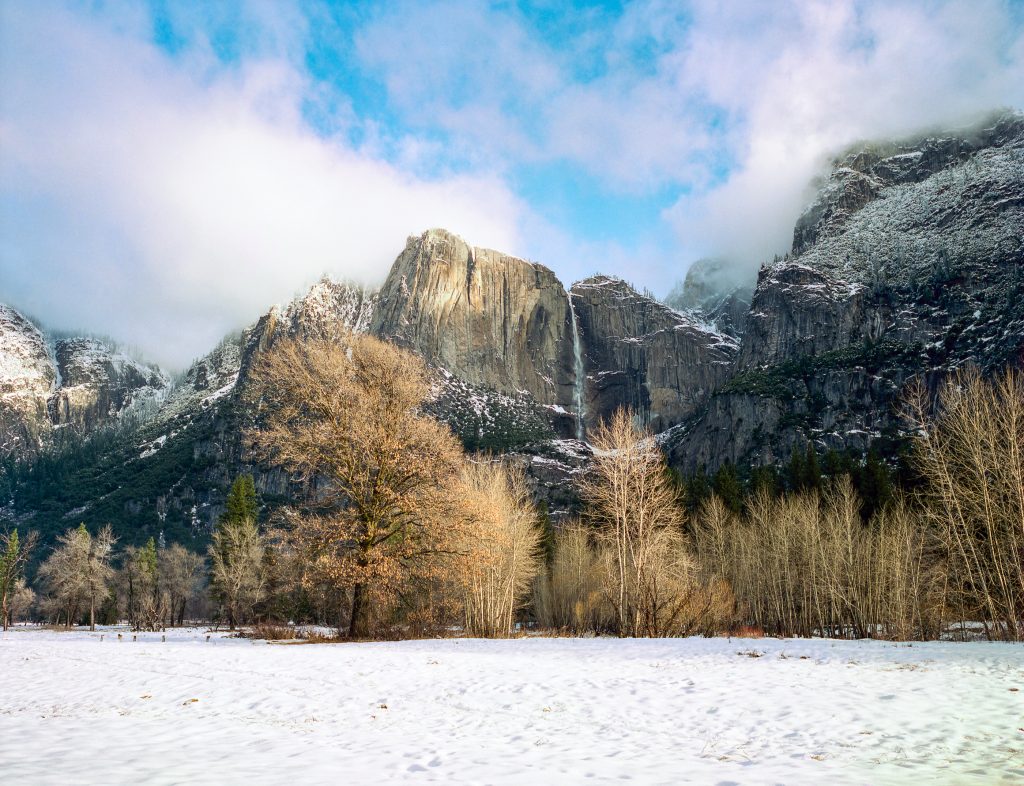
My only problem now is, I need some more film cameras! I recently borrowed a Leica M6, and using my 35mm Summilux f/1.4 FLE, I unsurprisingly fell in love with the results. But I am very tempted to pick up a Fuji GA645, I know my Dad would love the idea that I got one. Of course, I am also tempted by the mystical siren call of the infamous panoramic XPAN. Good thing Chris and I are traveling shortly to the land of cameras (Japan!).
Three more cameras is not a problem right? I better take a bigger suitcase to Japan. 🙂

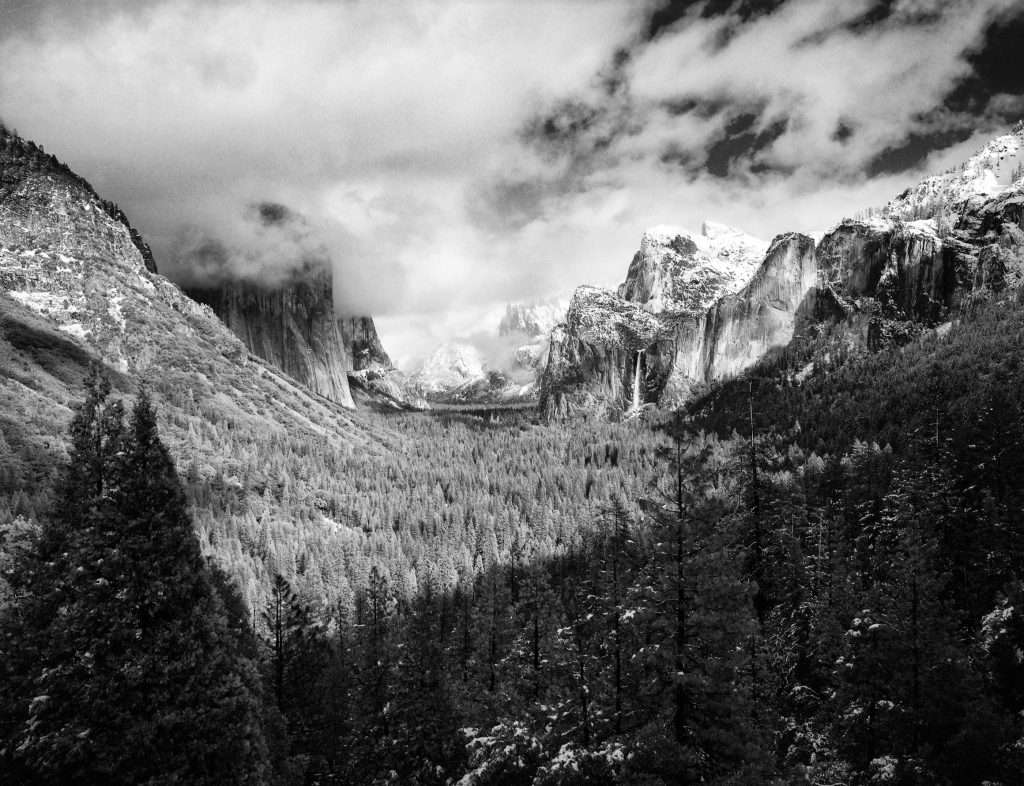

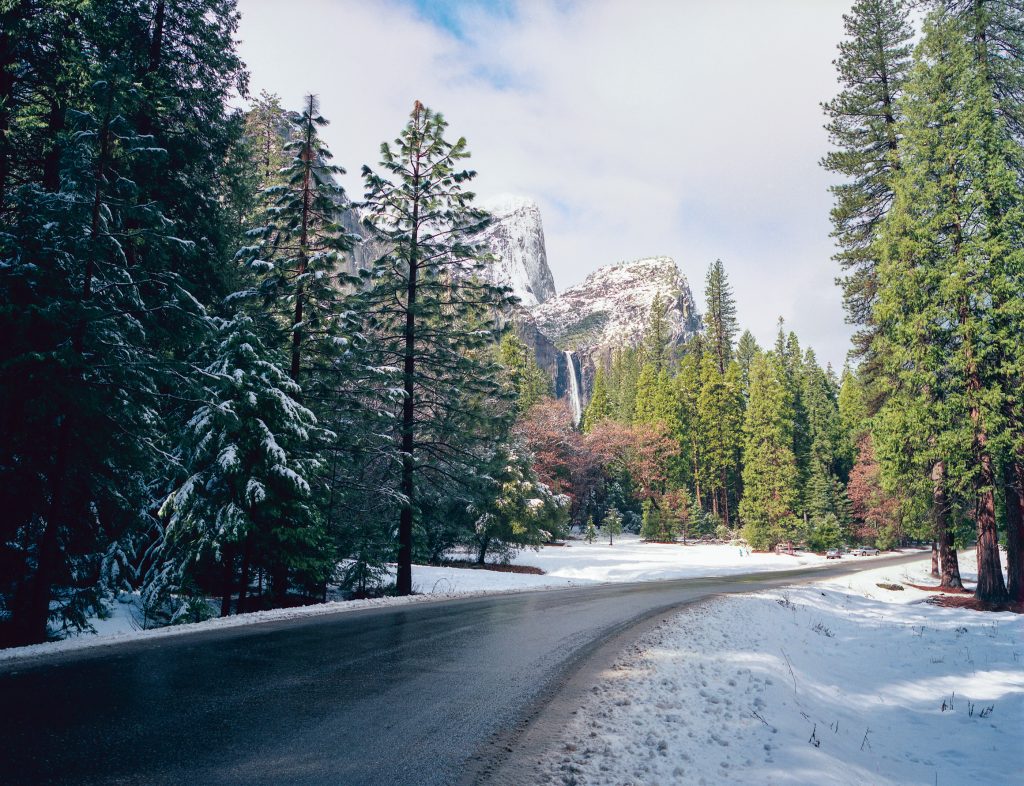
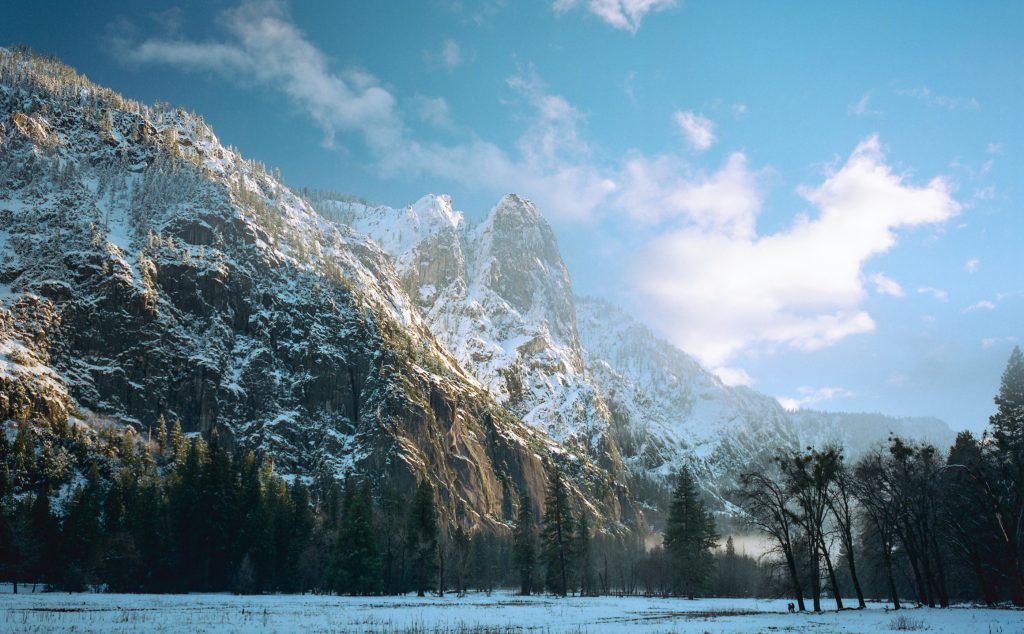
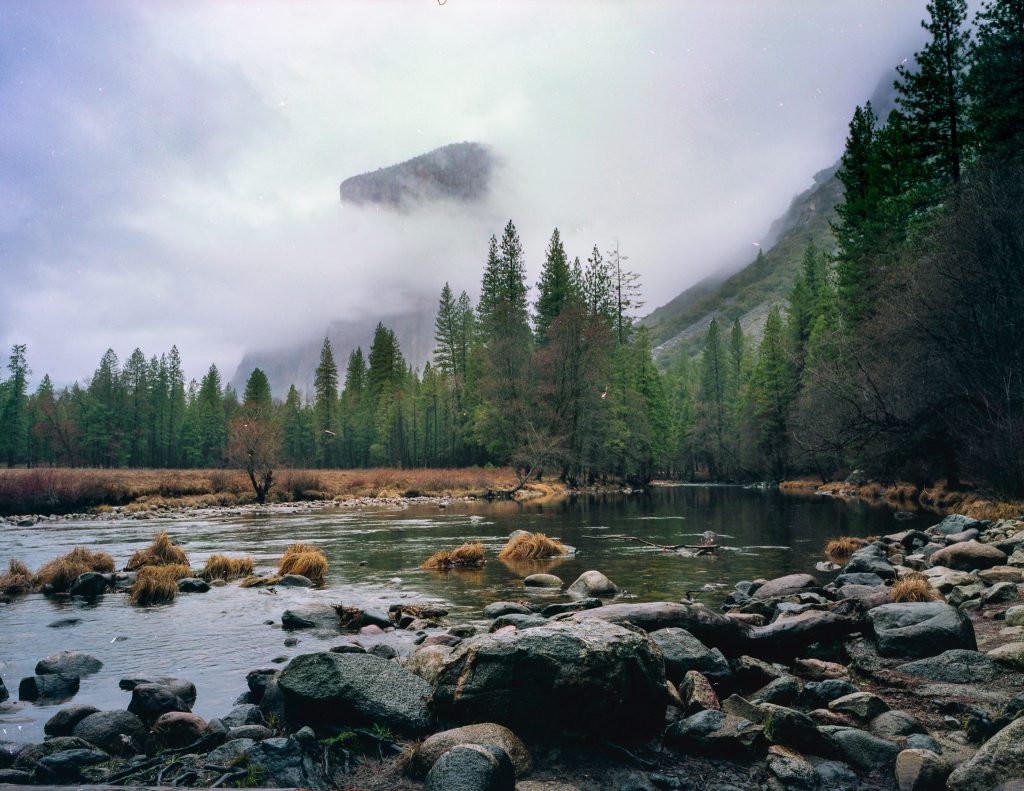
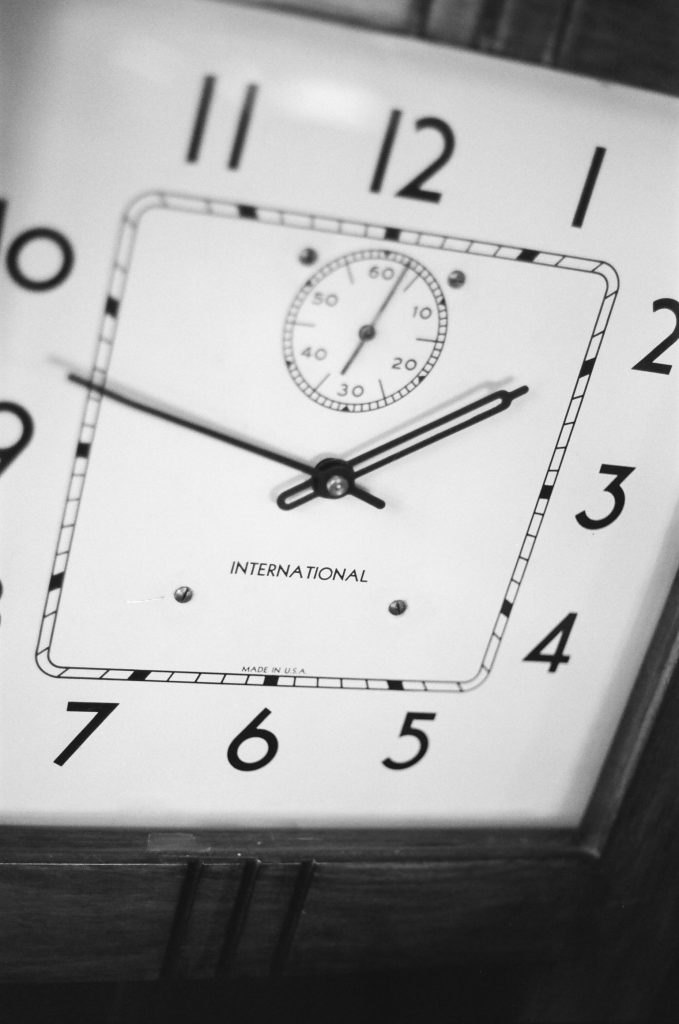
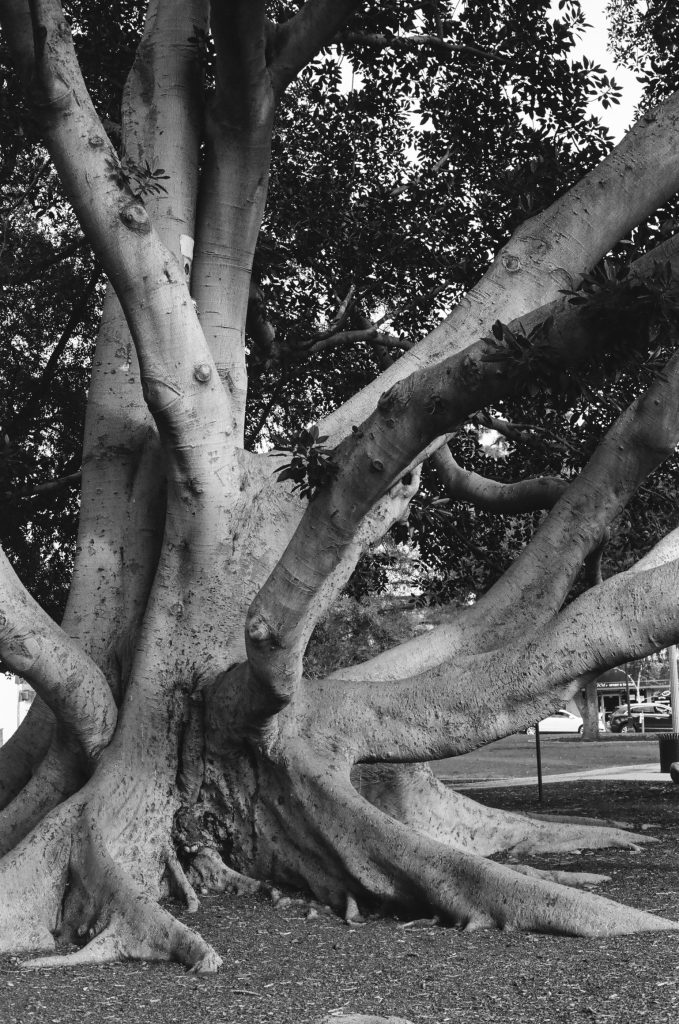
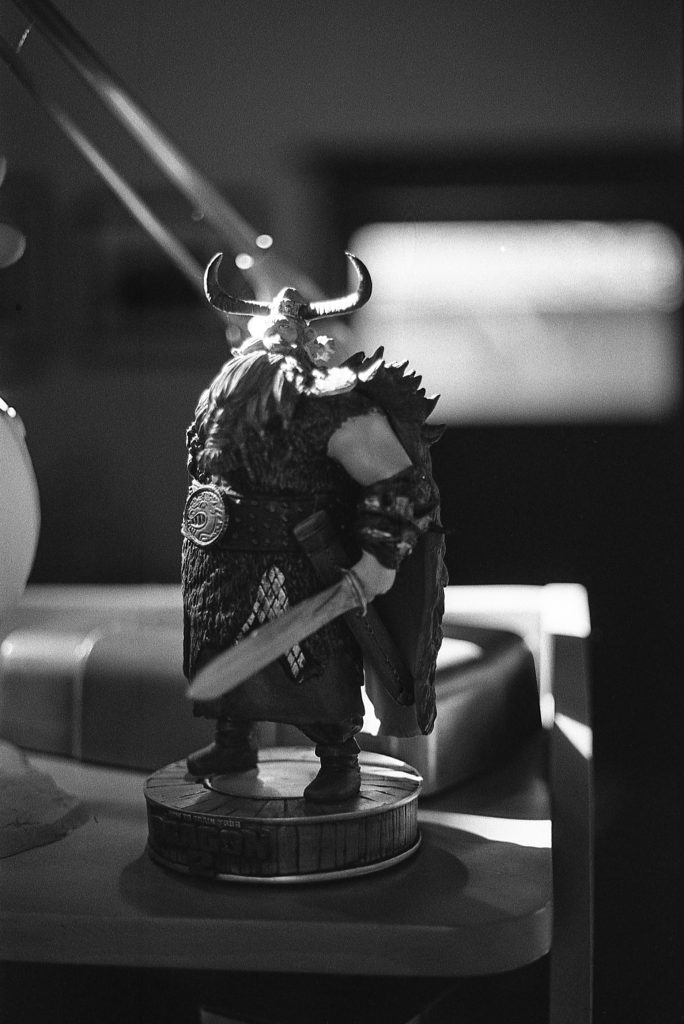
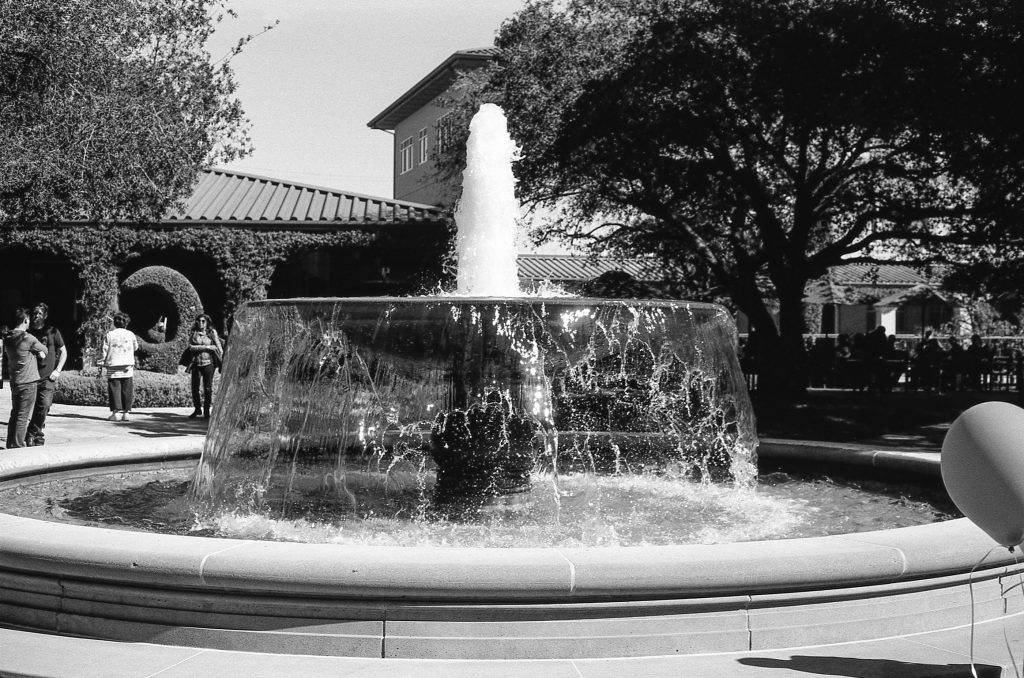
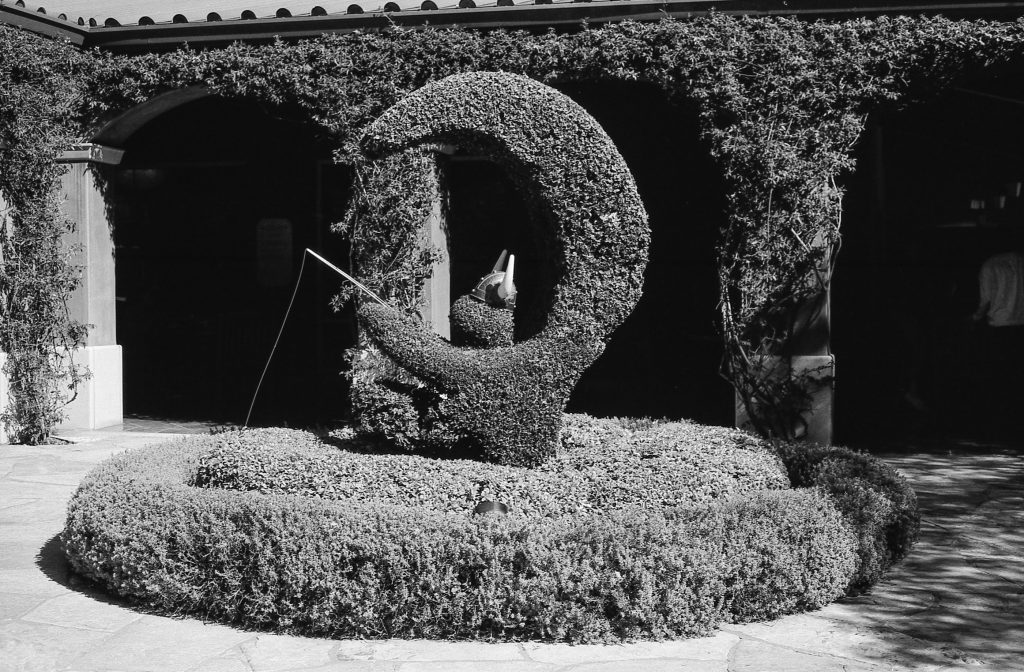
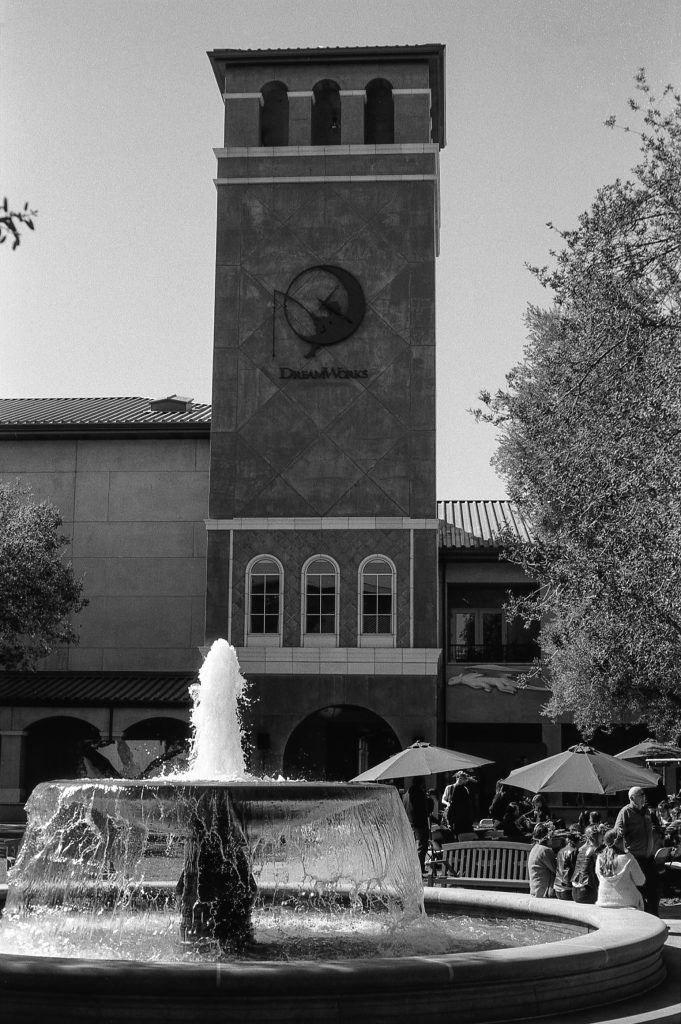
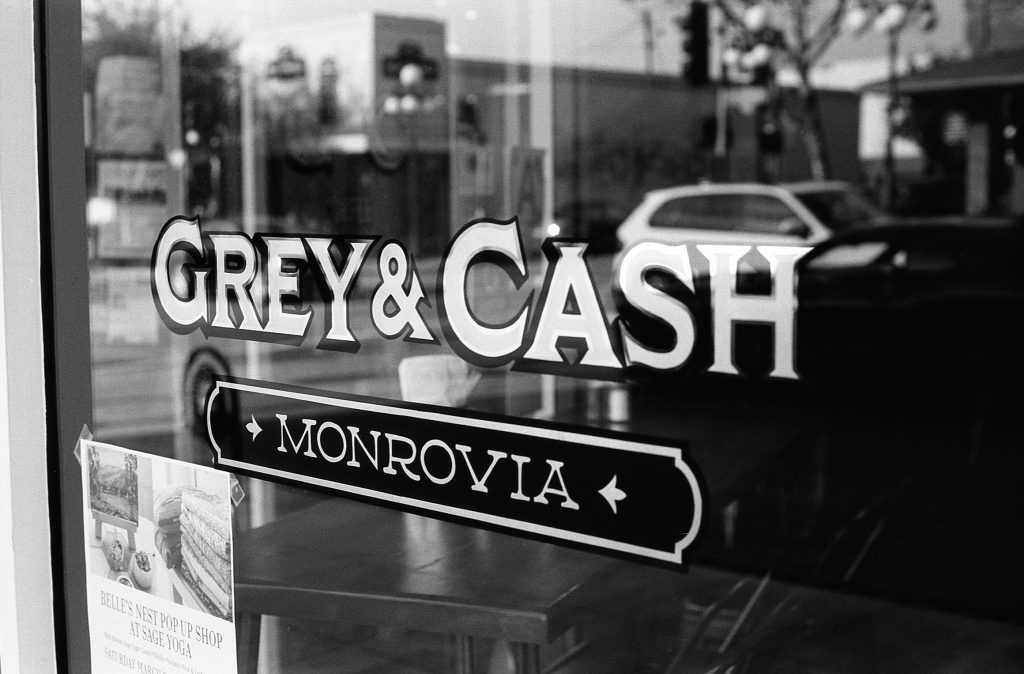
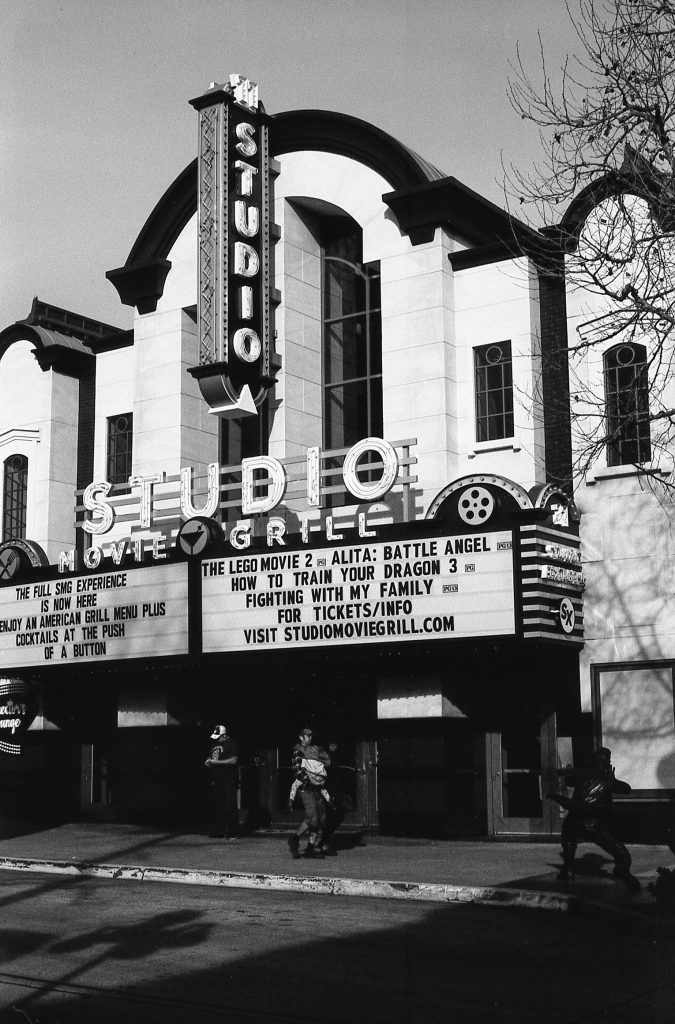
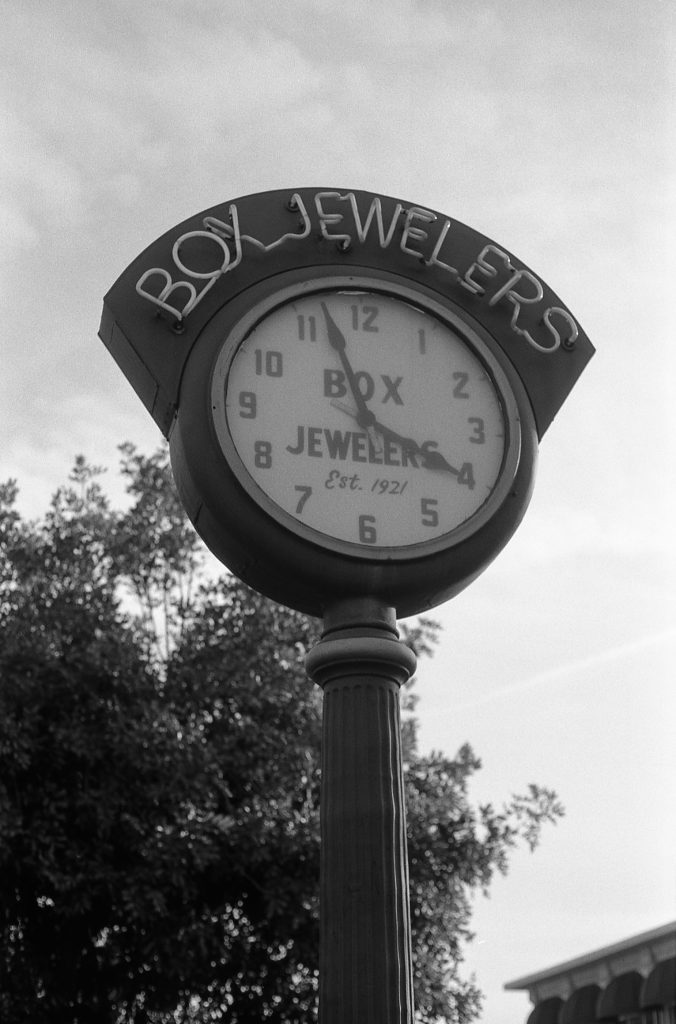
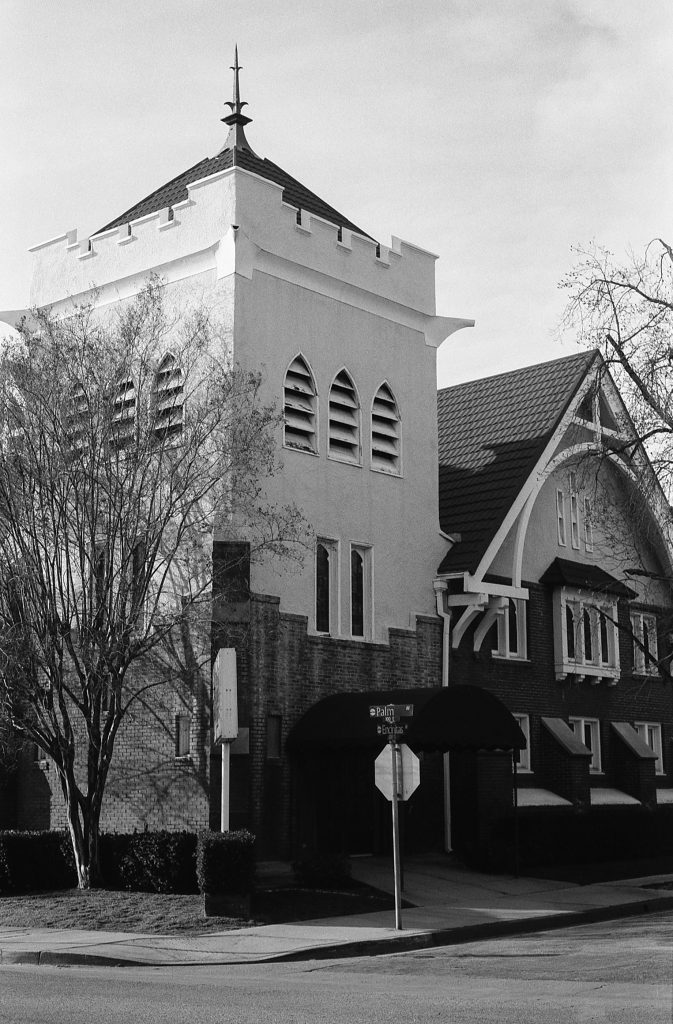
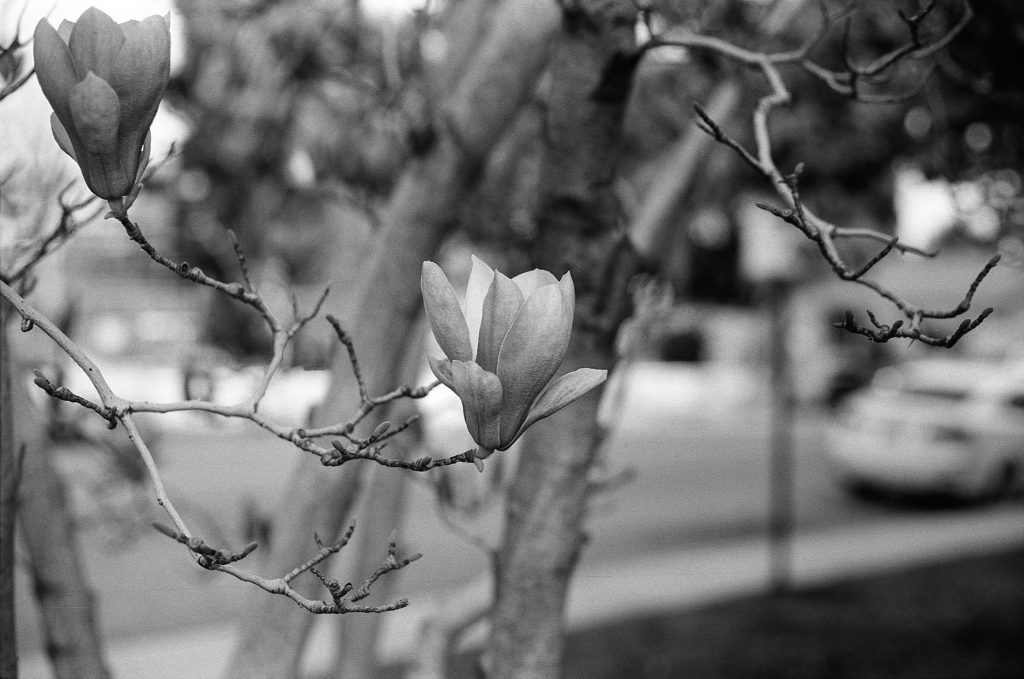
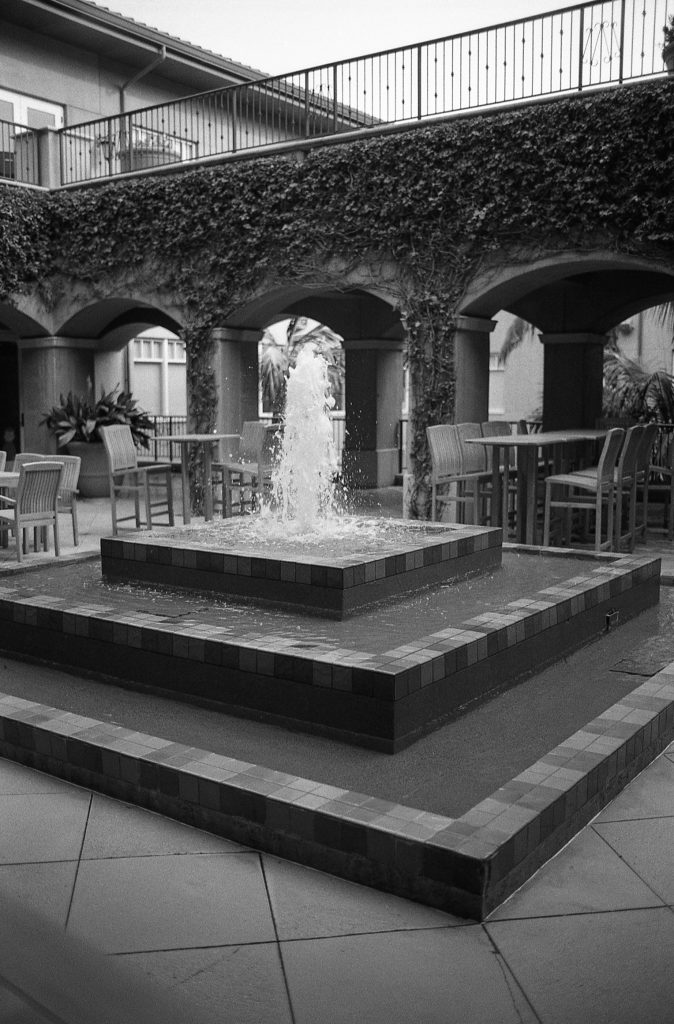
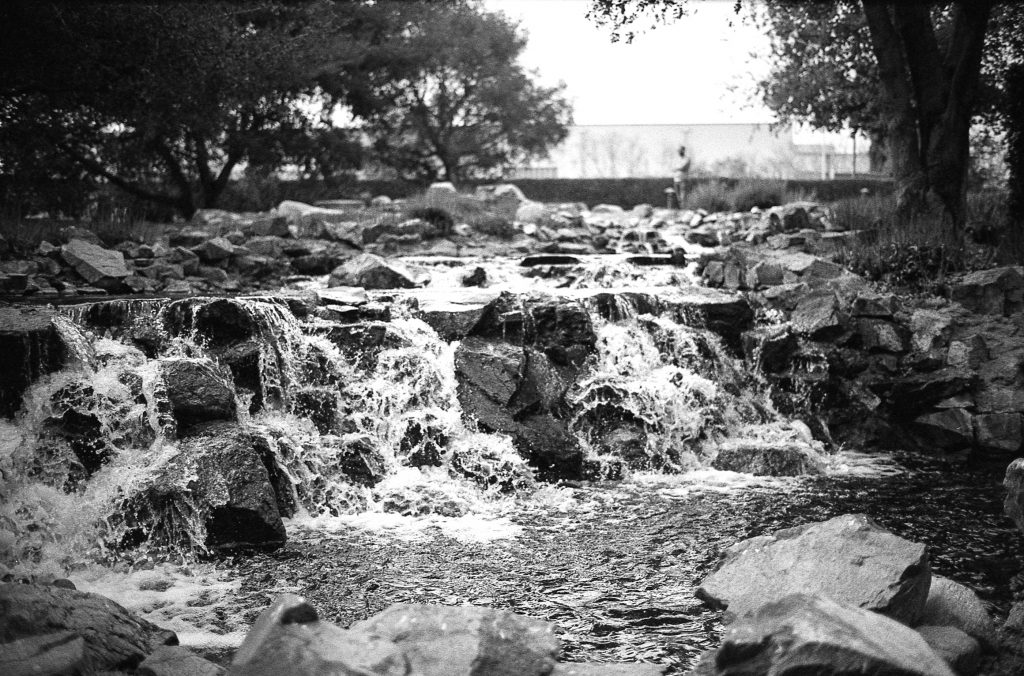
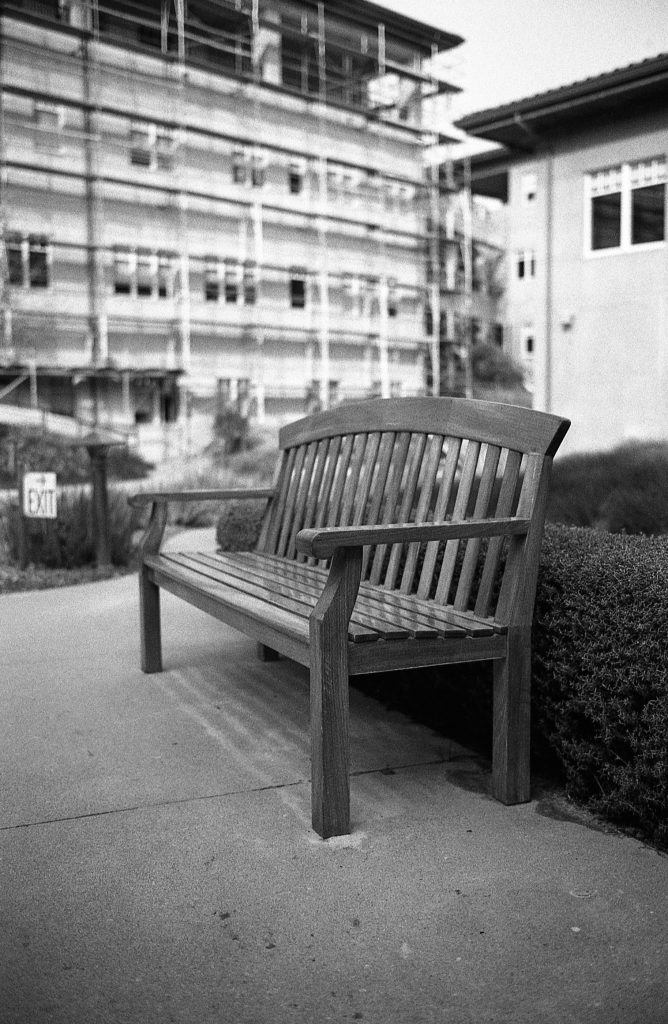
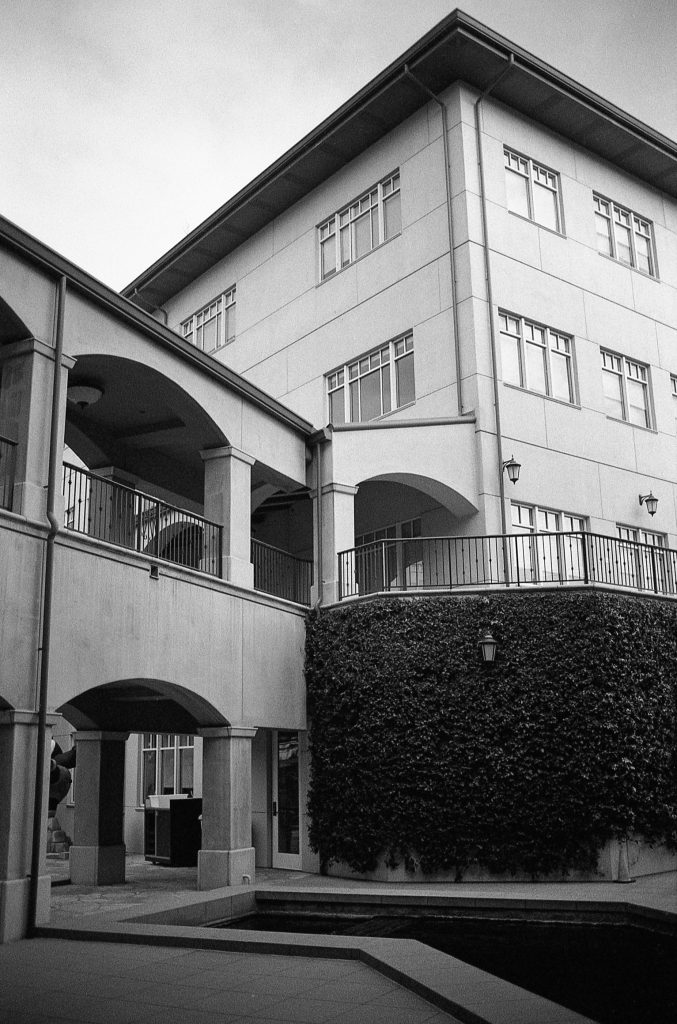
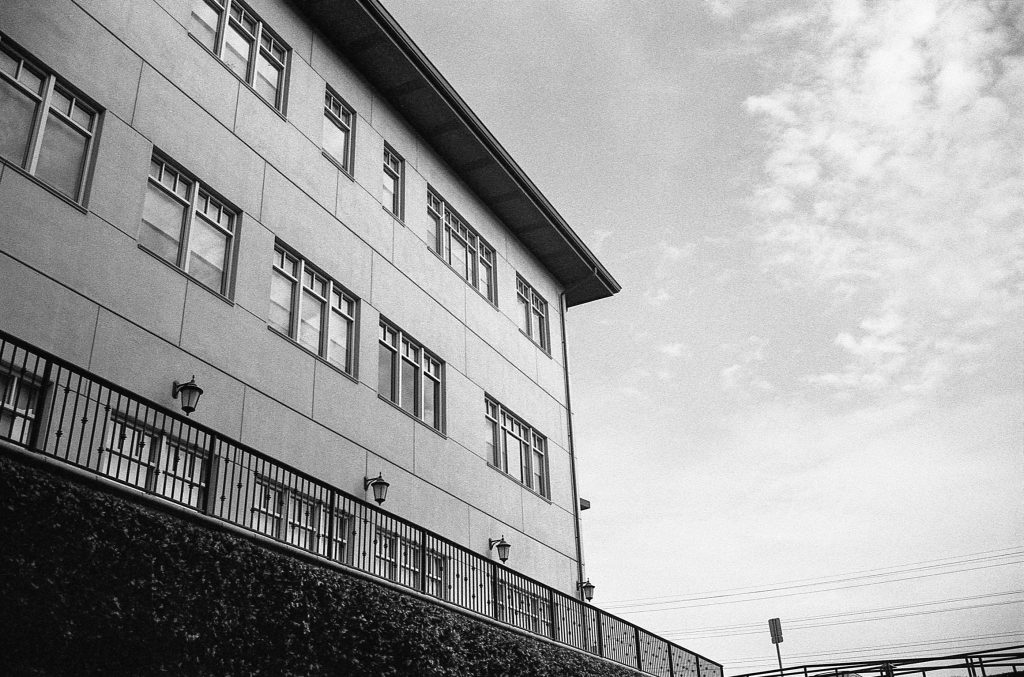
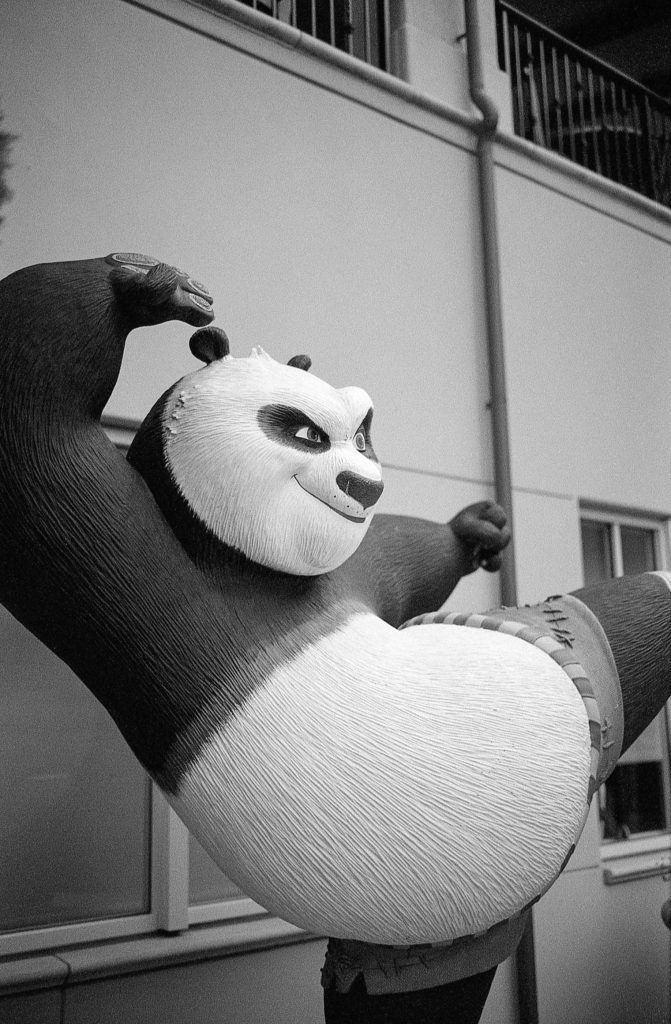
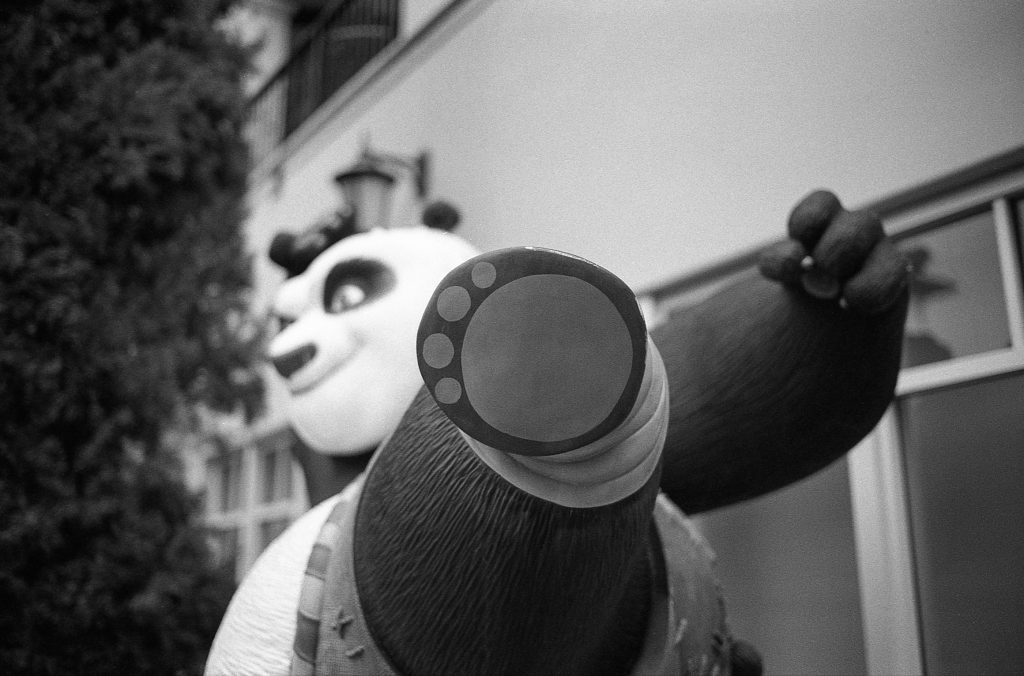
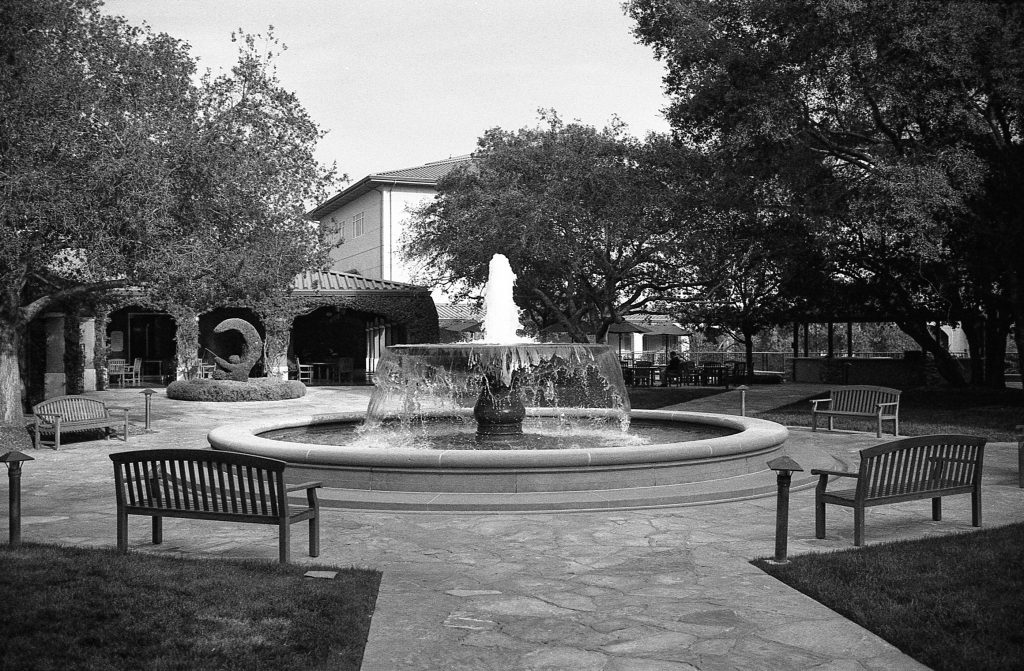
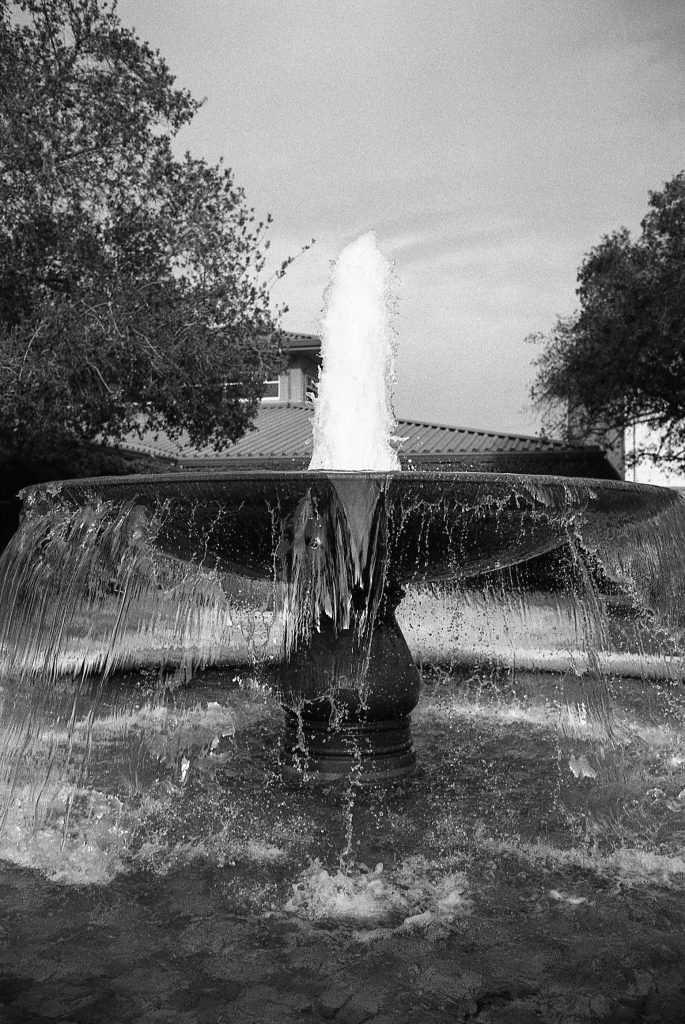
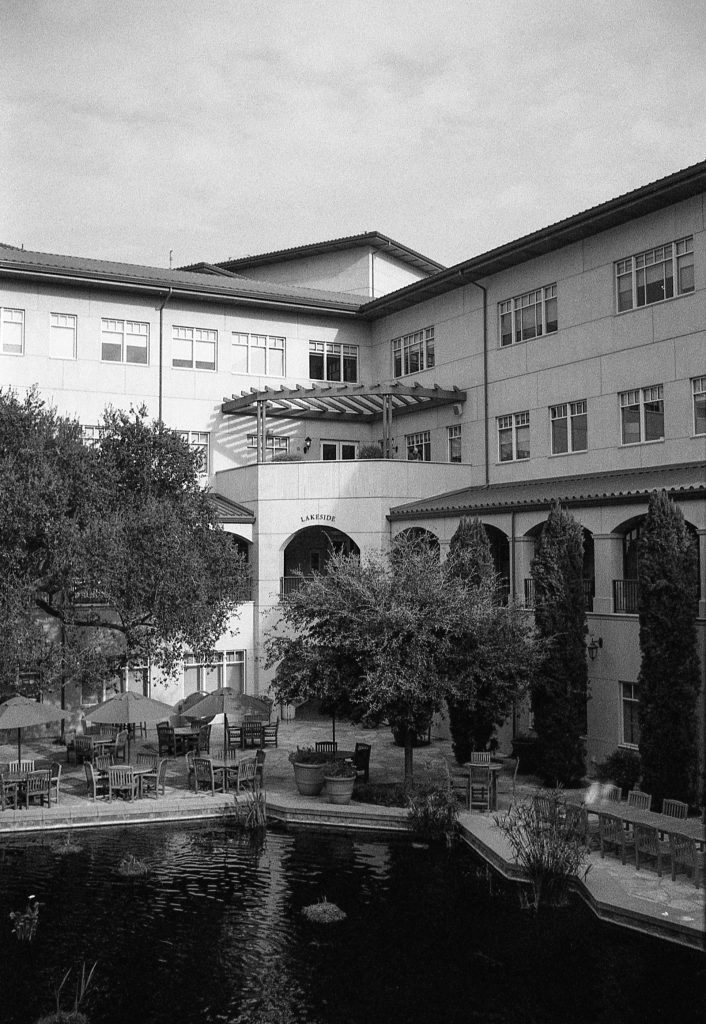
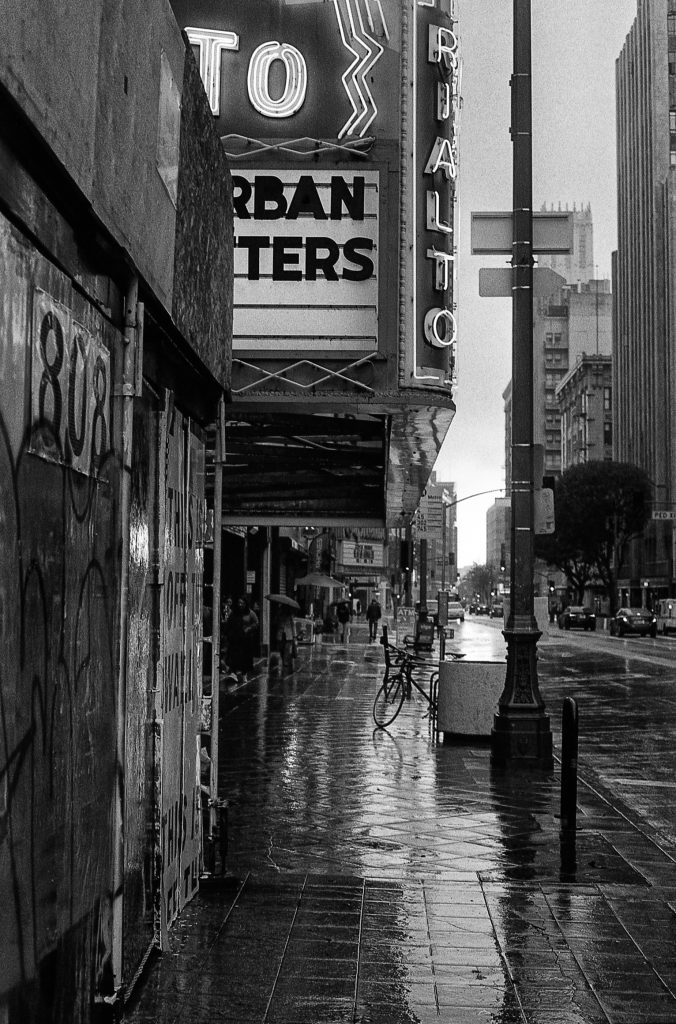
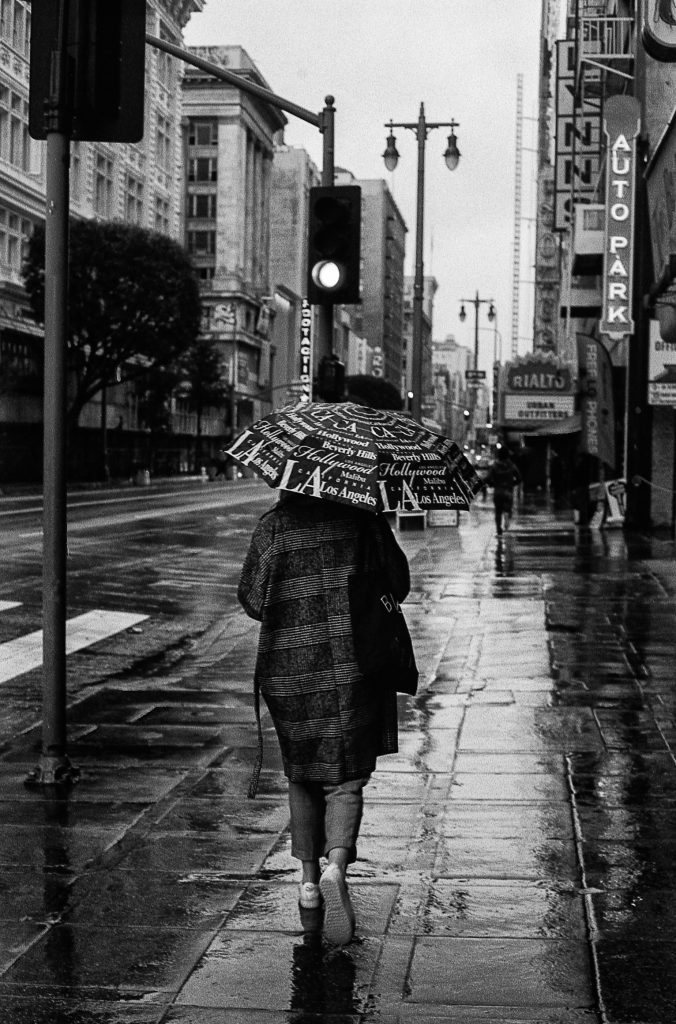
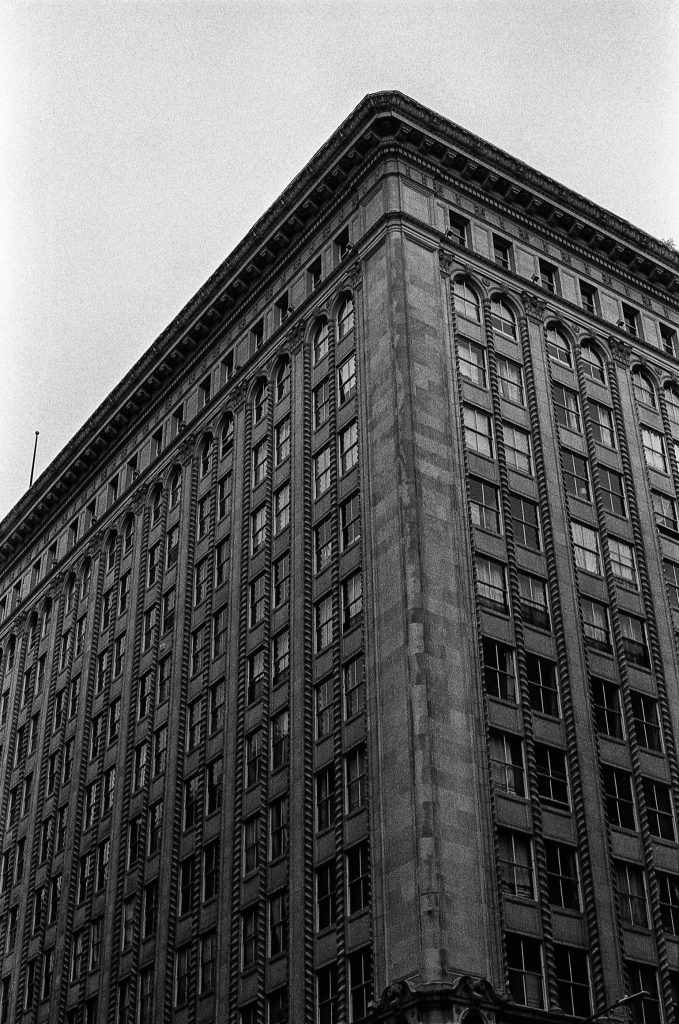
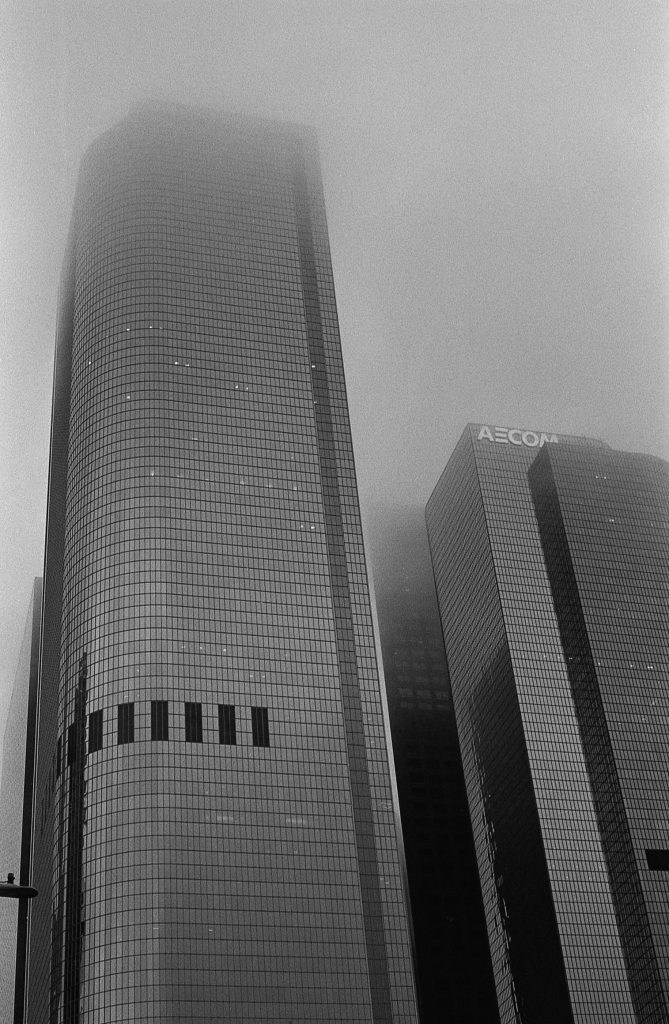
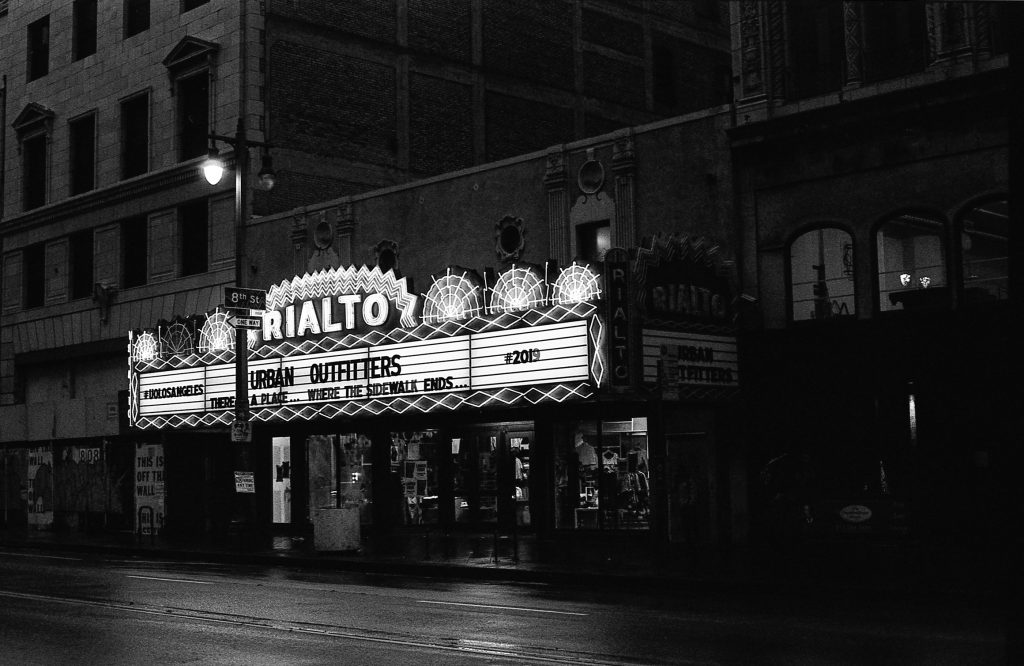
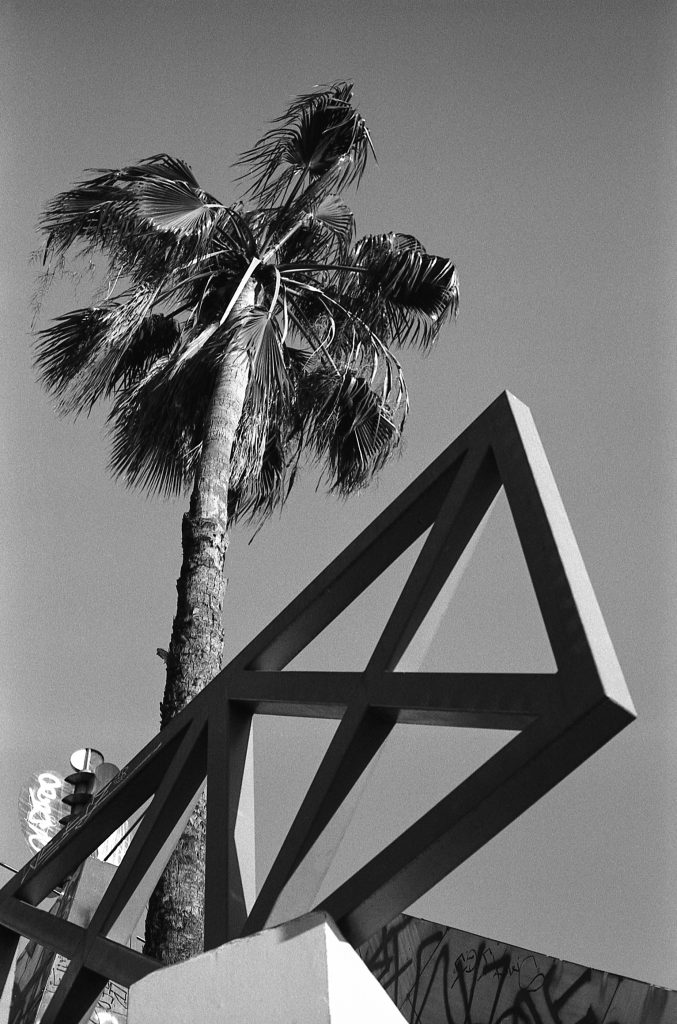
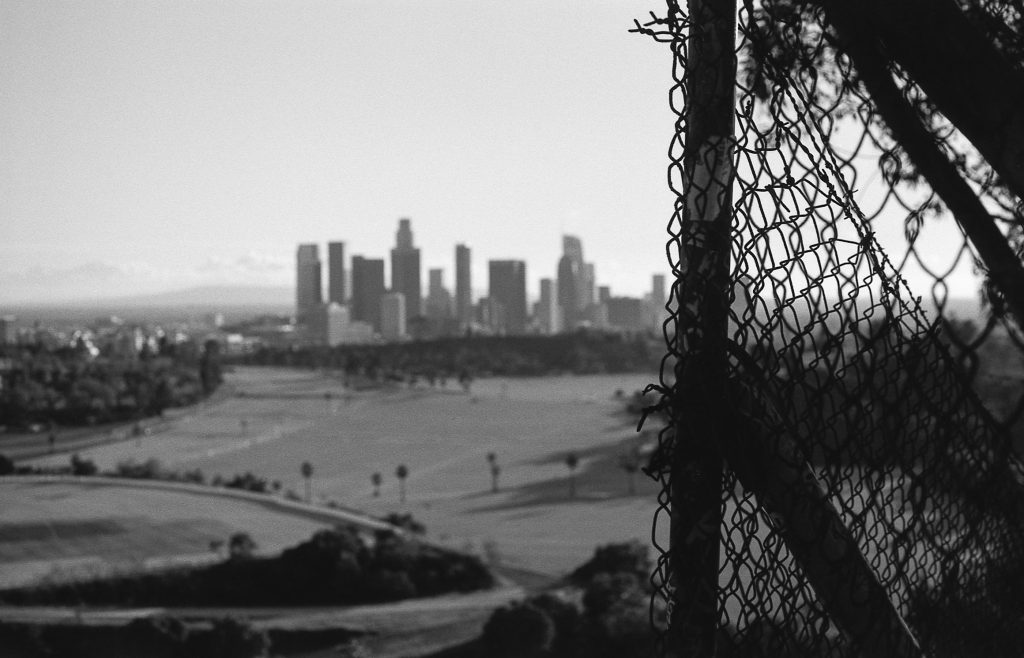





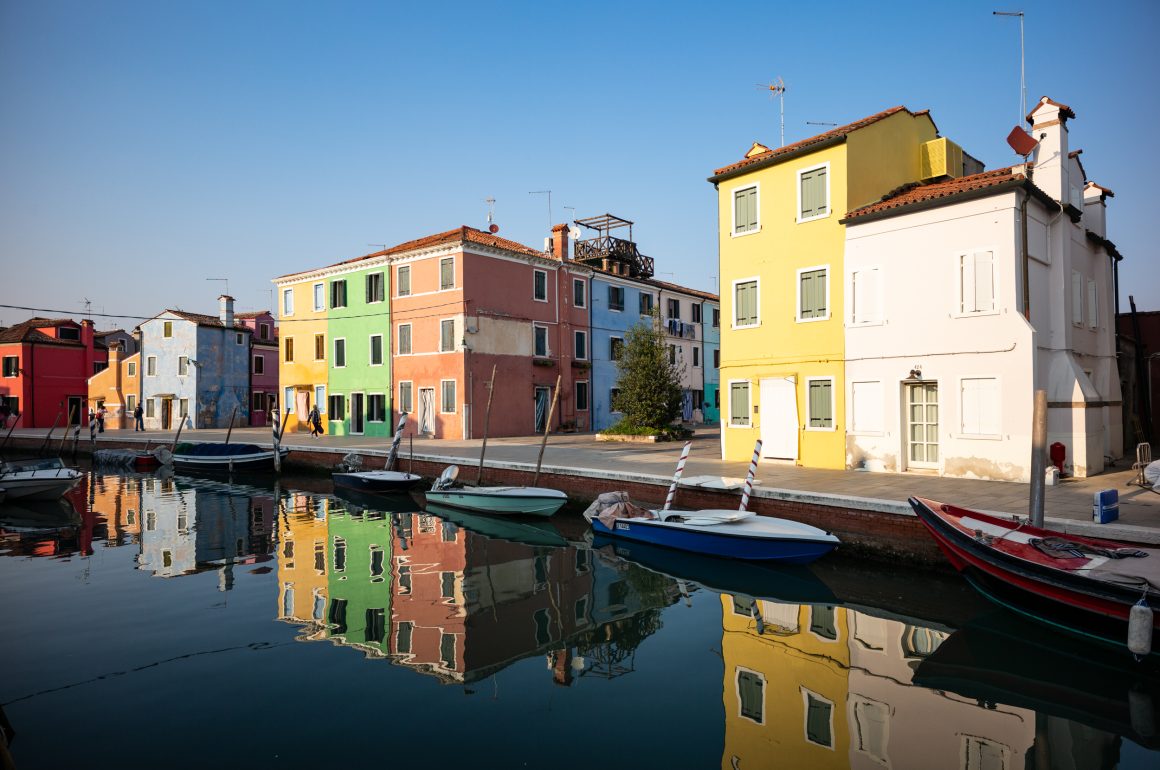
Leave a Comment